Today in expedition we started our experiment on finding out which liquid will evaporate the quickest.
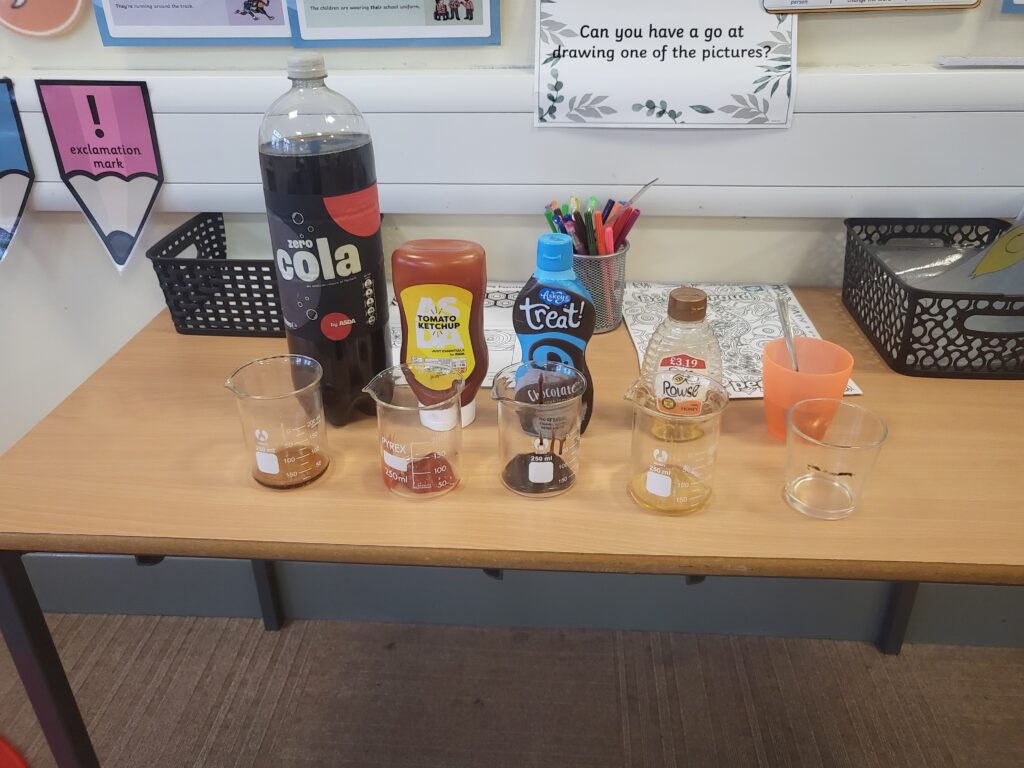
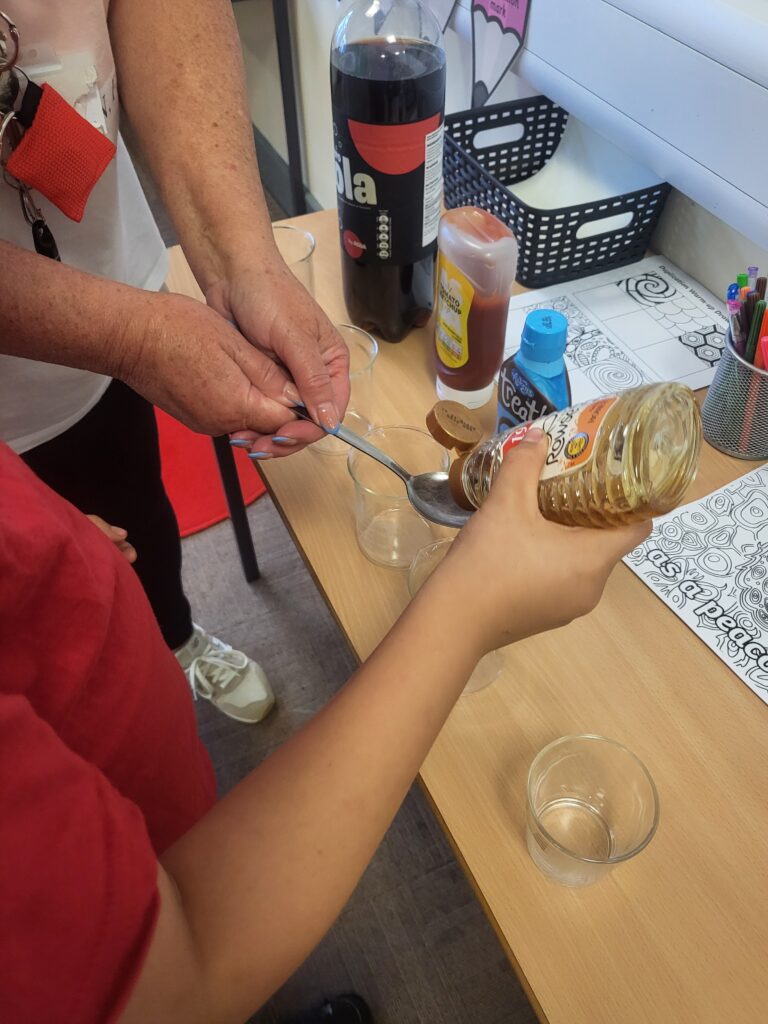
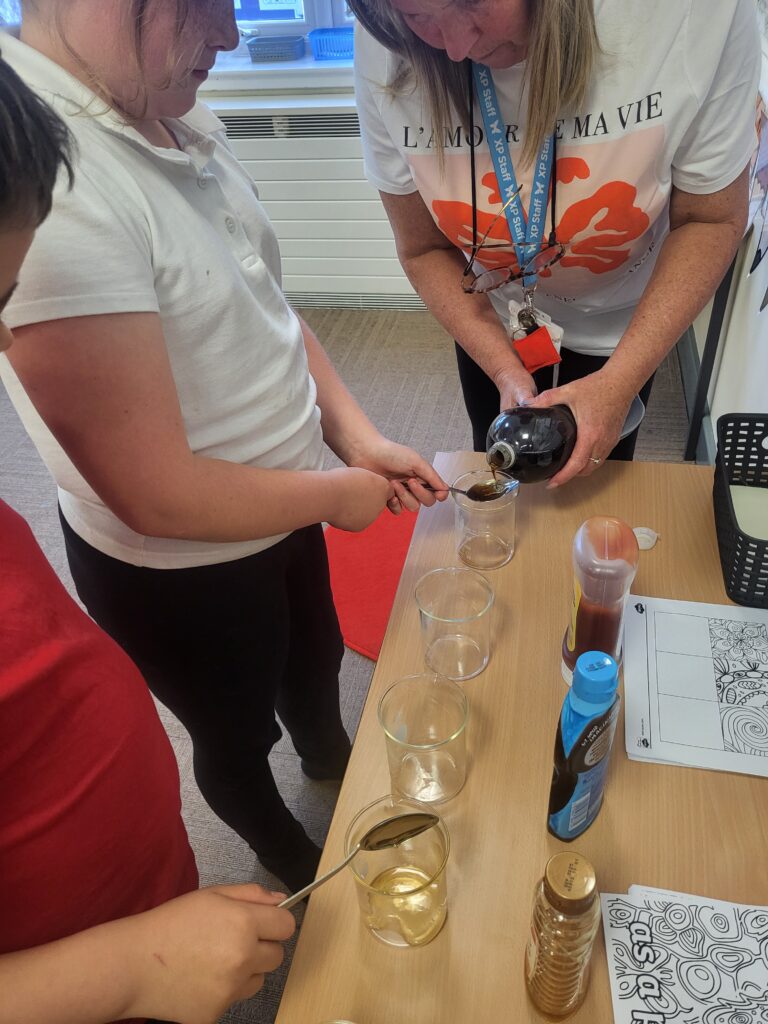

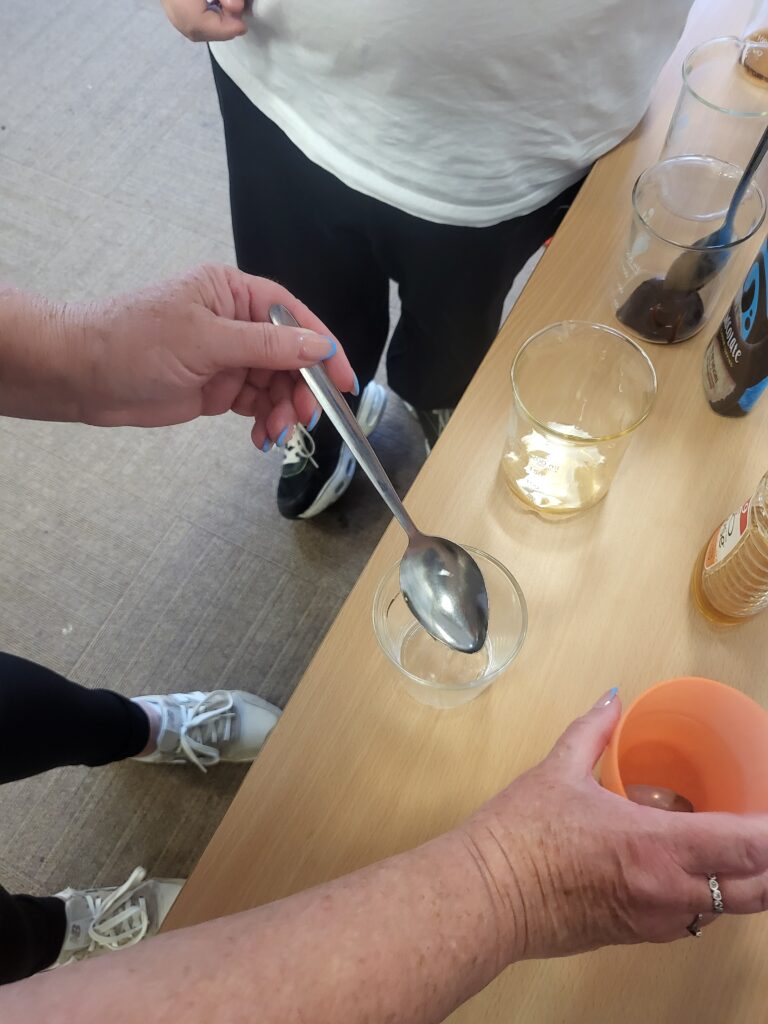
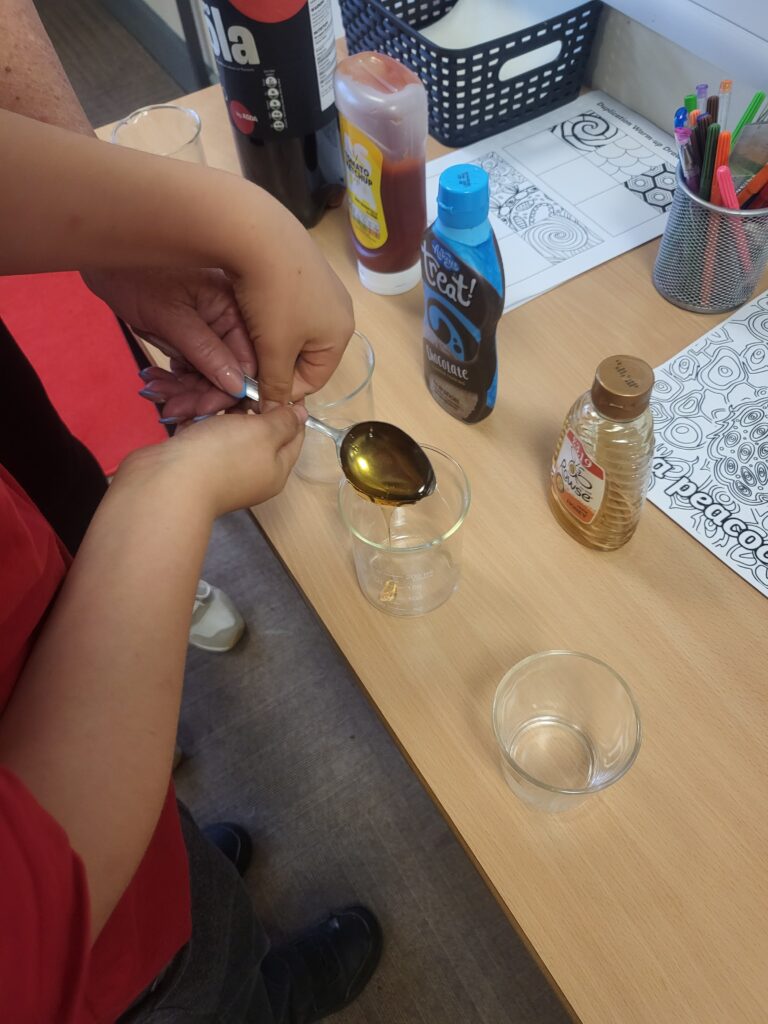

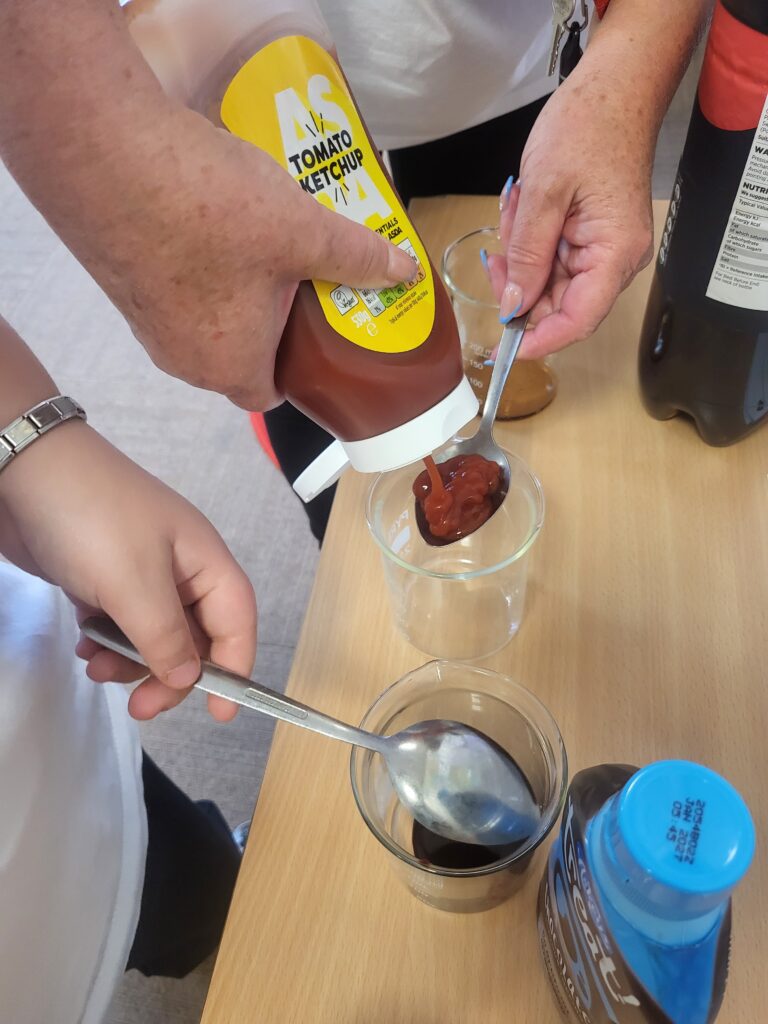
Today in expedition we started our experiment on finding out which liquid will evaporate the quickest.








This week we have written our science report about how chocolate changes state when heat is applied. As with writing, we have edited and redrafted our work this afternoon before we publish the piece of work. This allows us to pull the skills we’ve been learning in writing through to other areas of the curriculum.
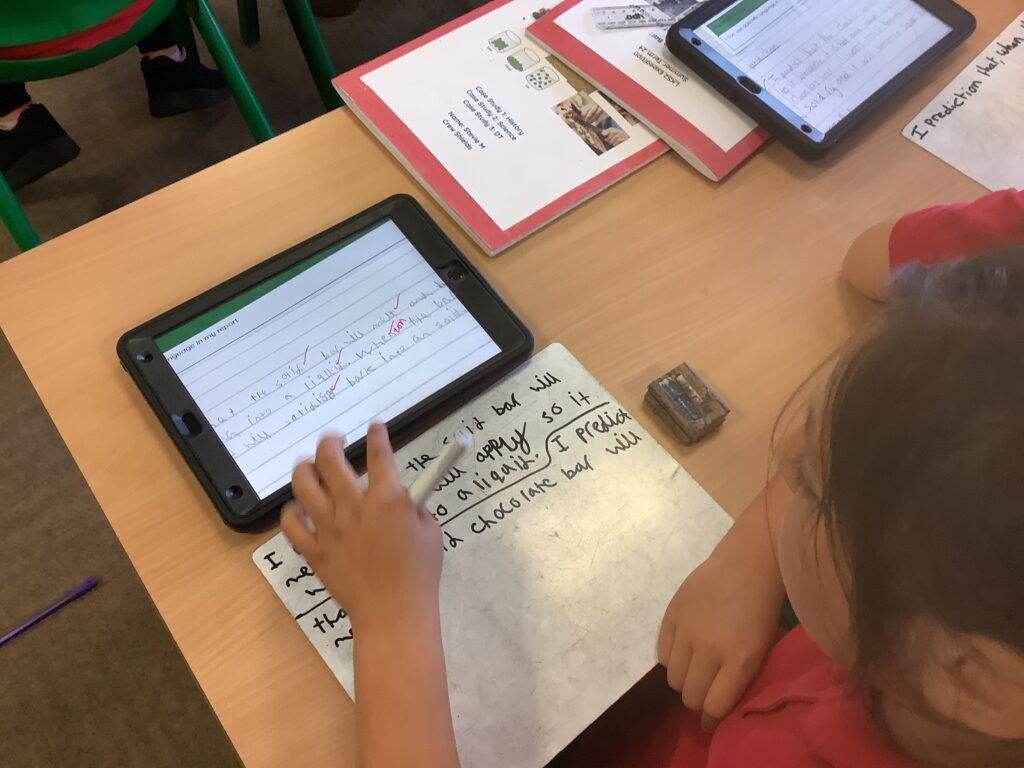
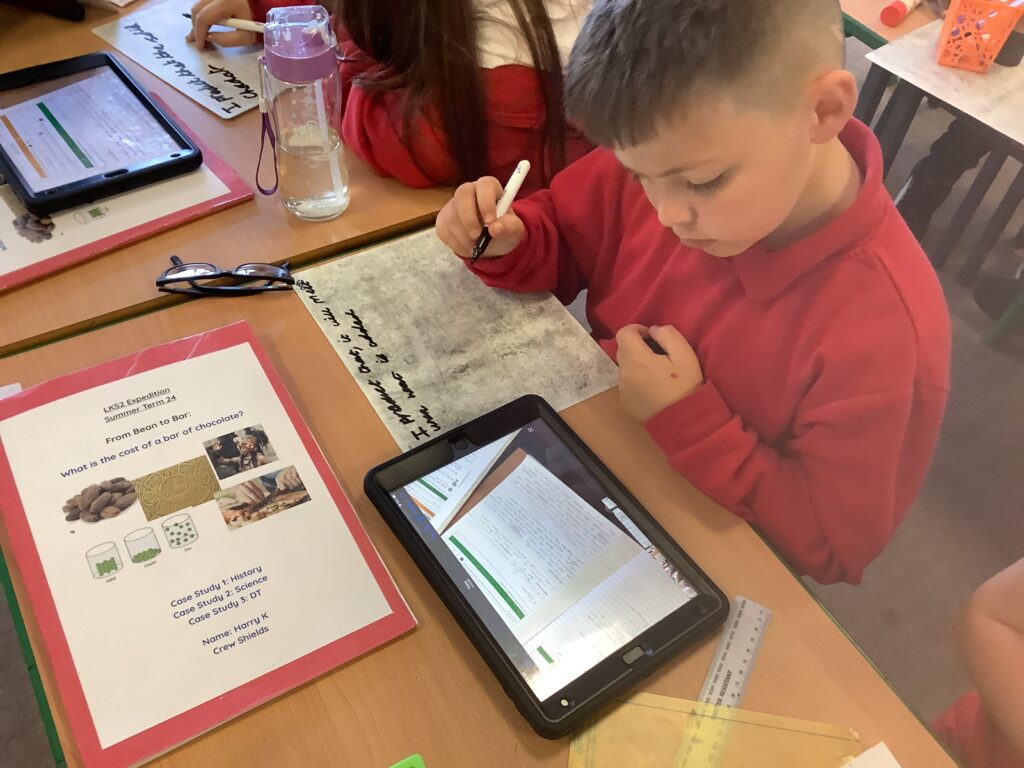
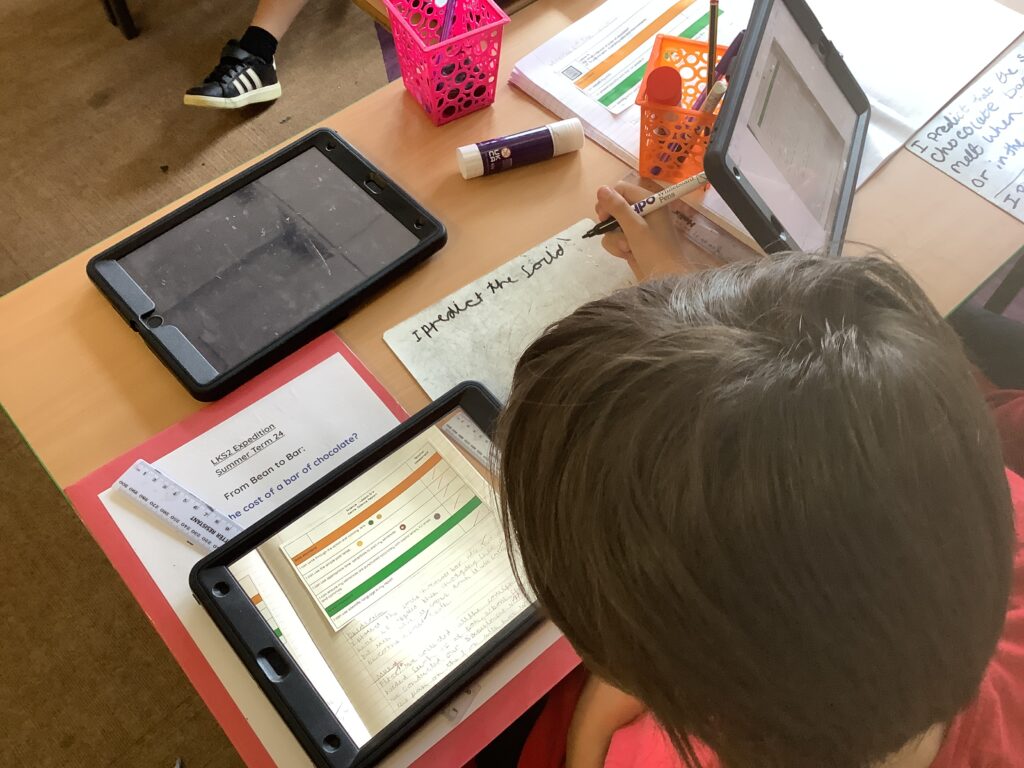
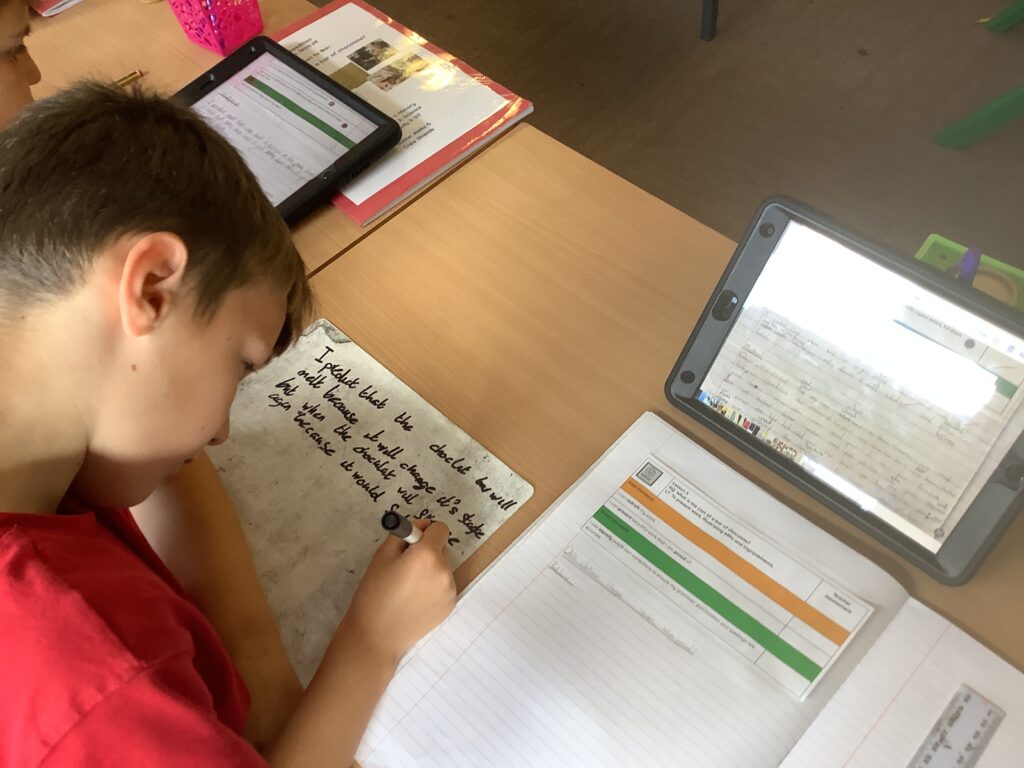
Today in expedition we were looking at solids that turn into liquids when heated up. We found out that it can change shape when it is left to cool down.Before we did our own experiment we looked at what happened to wax when it was heated up.
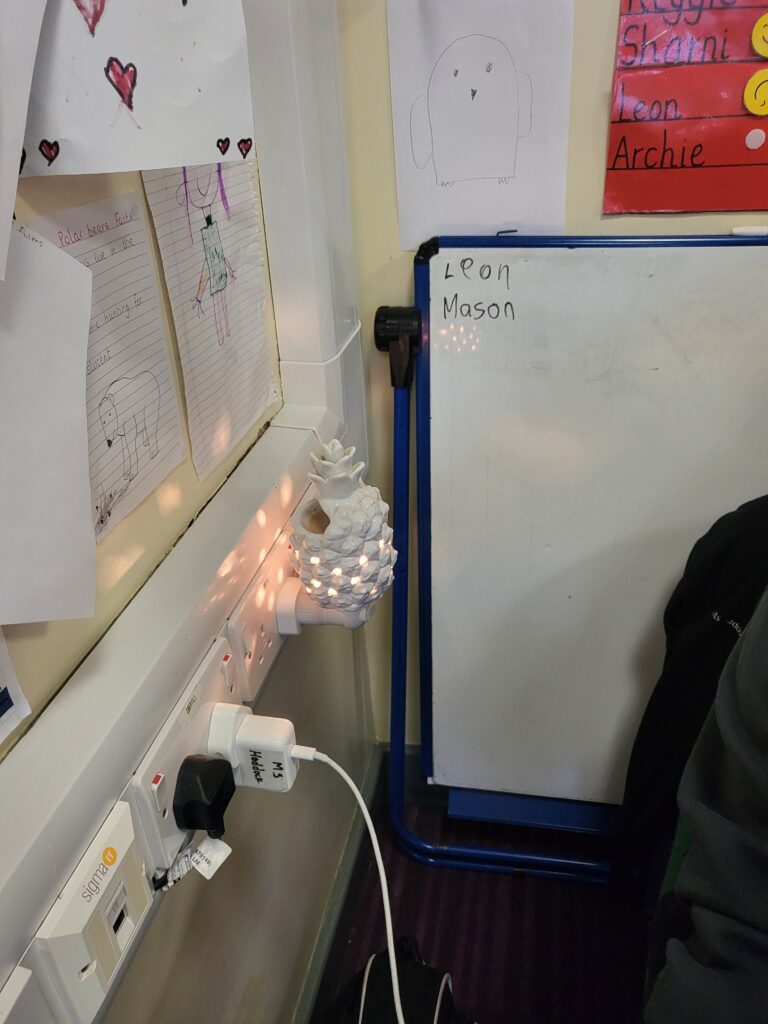
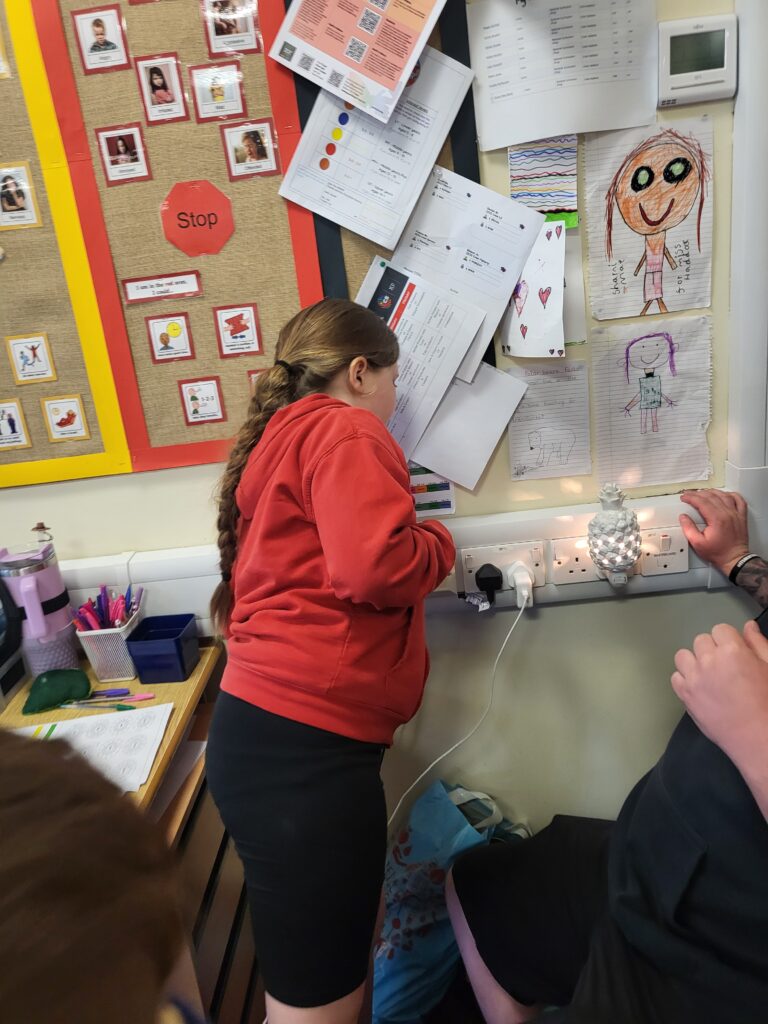
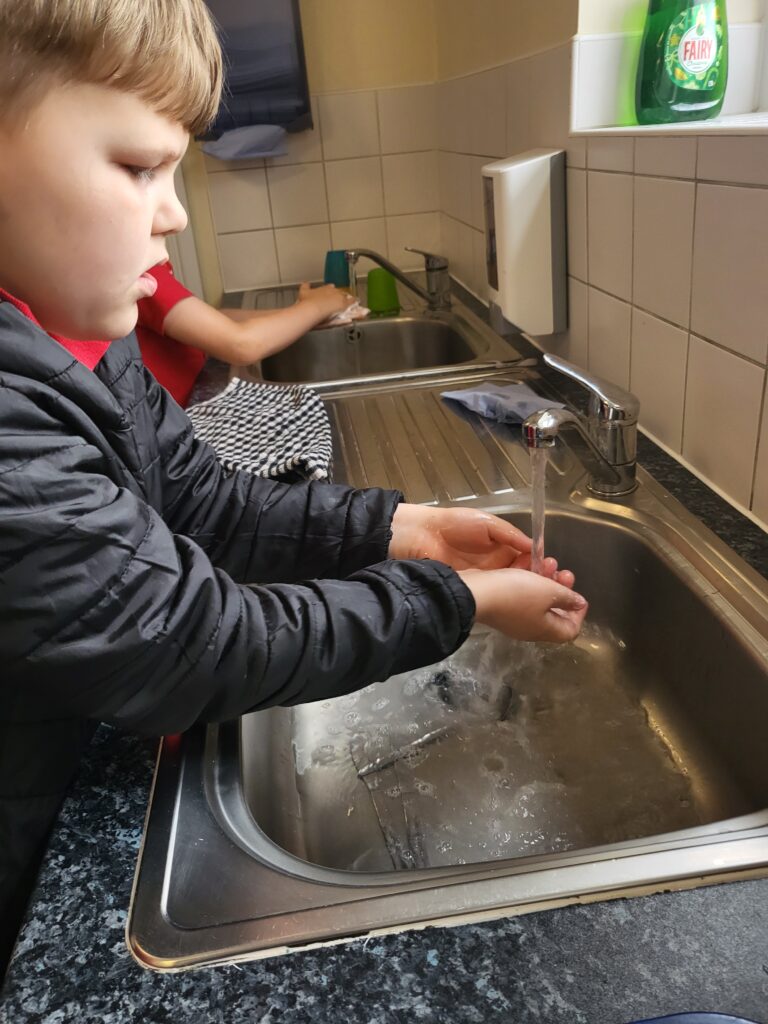

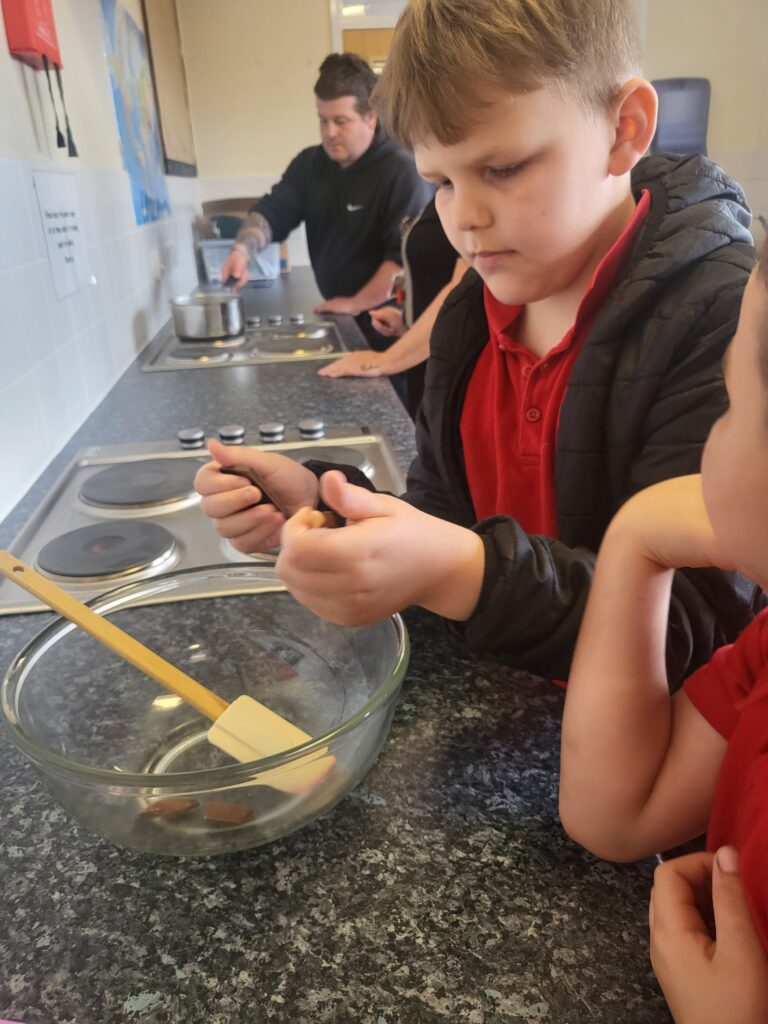
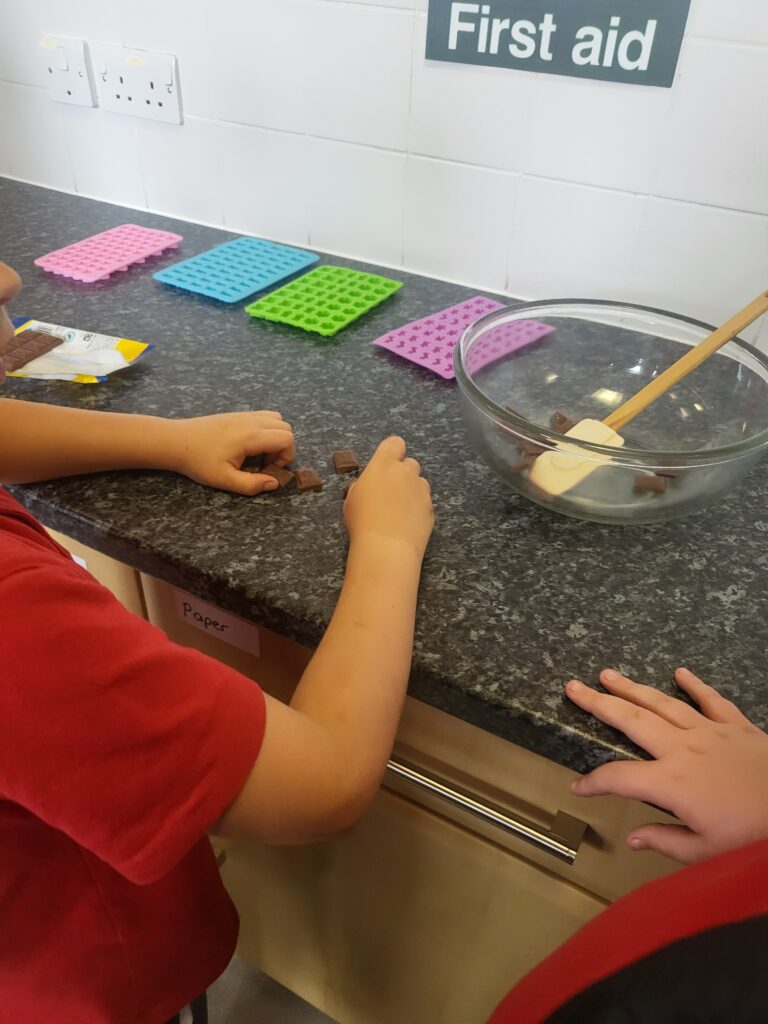
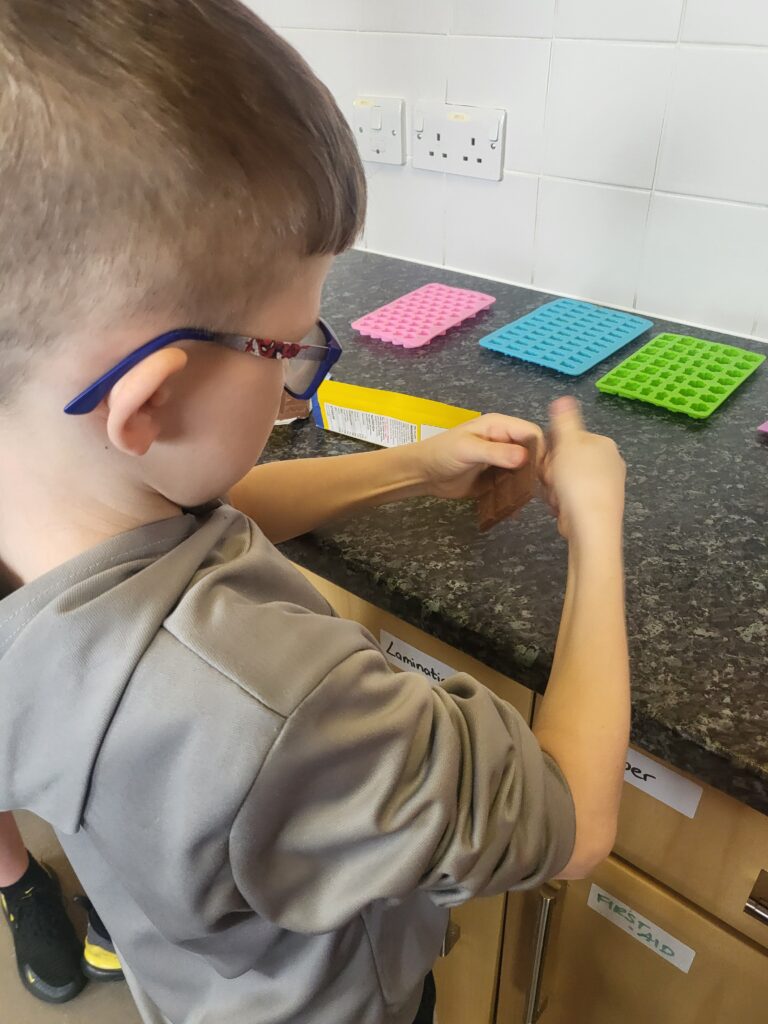
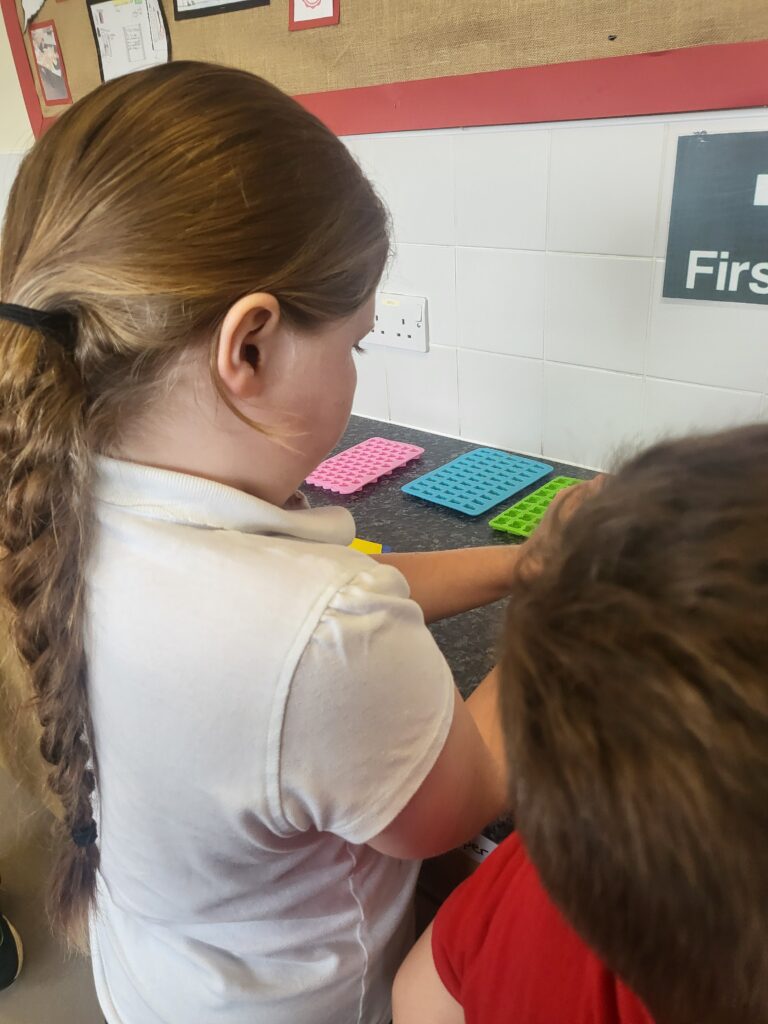
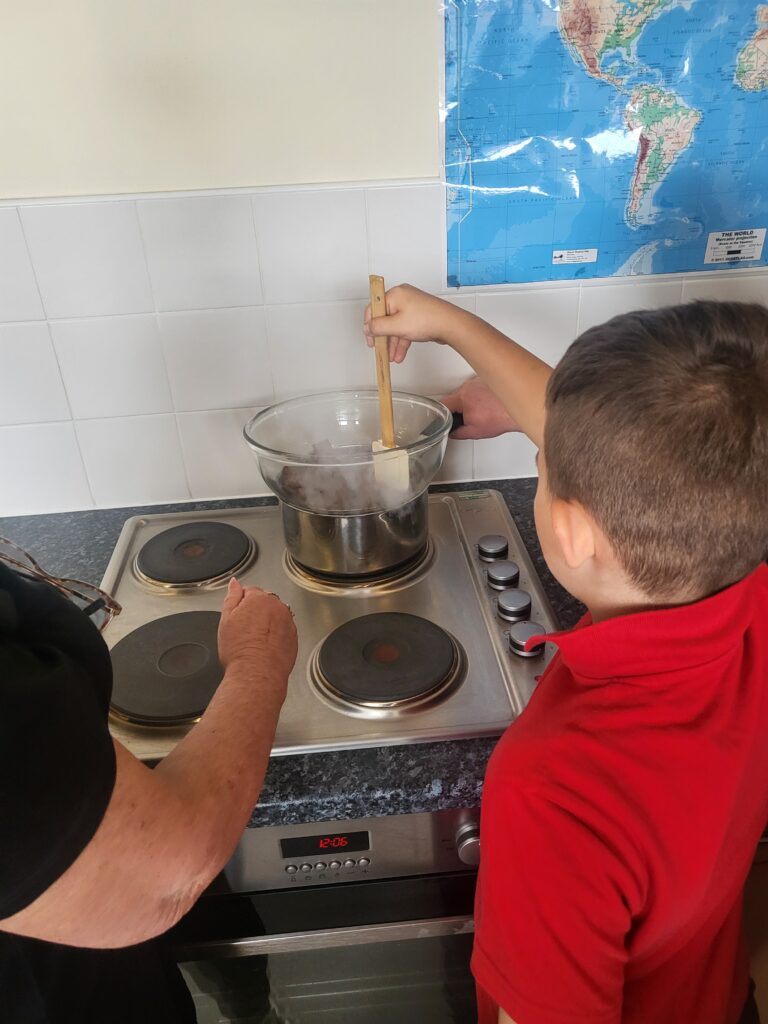
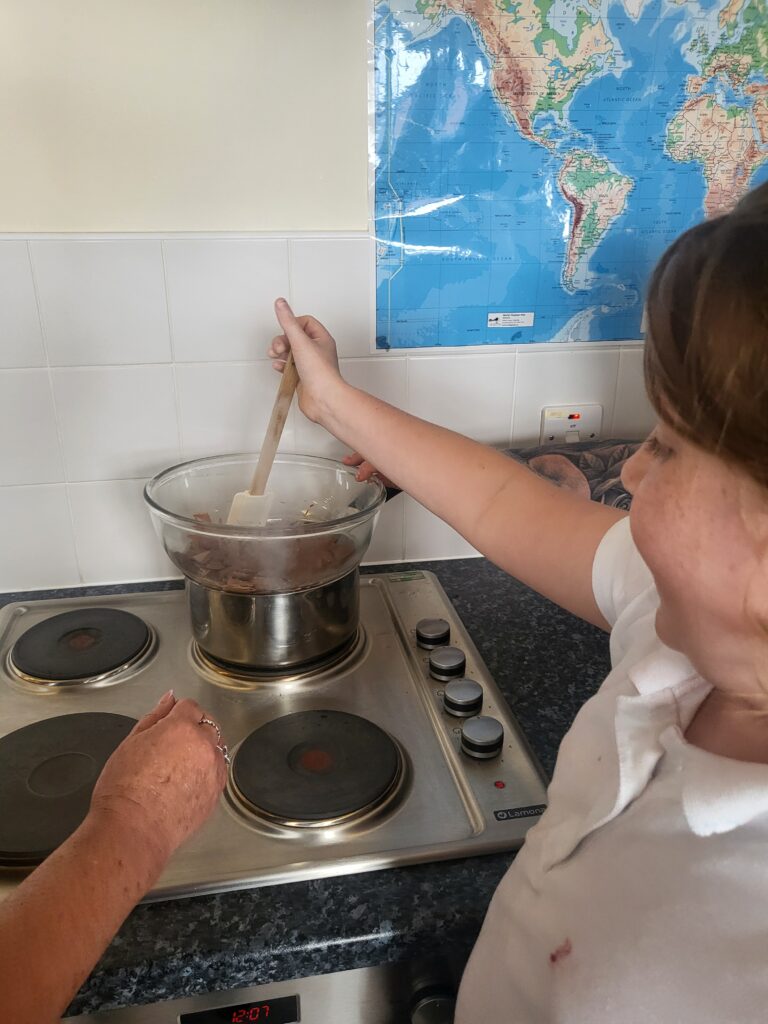
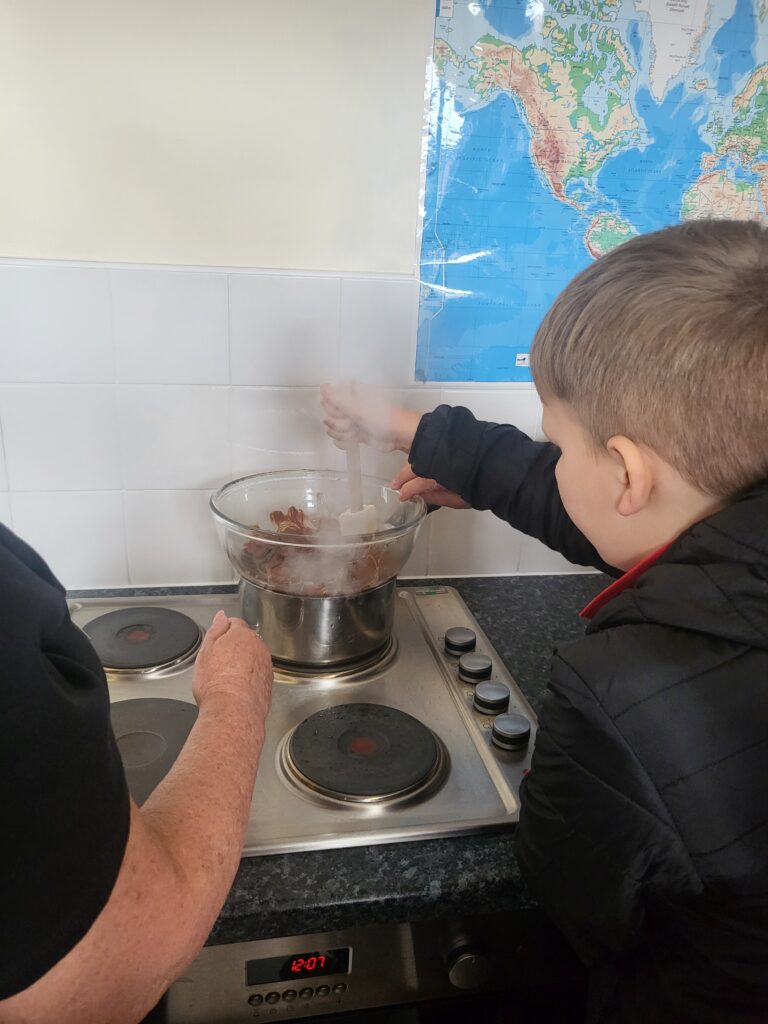
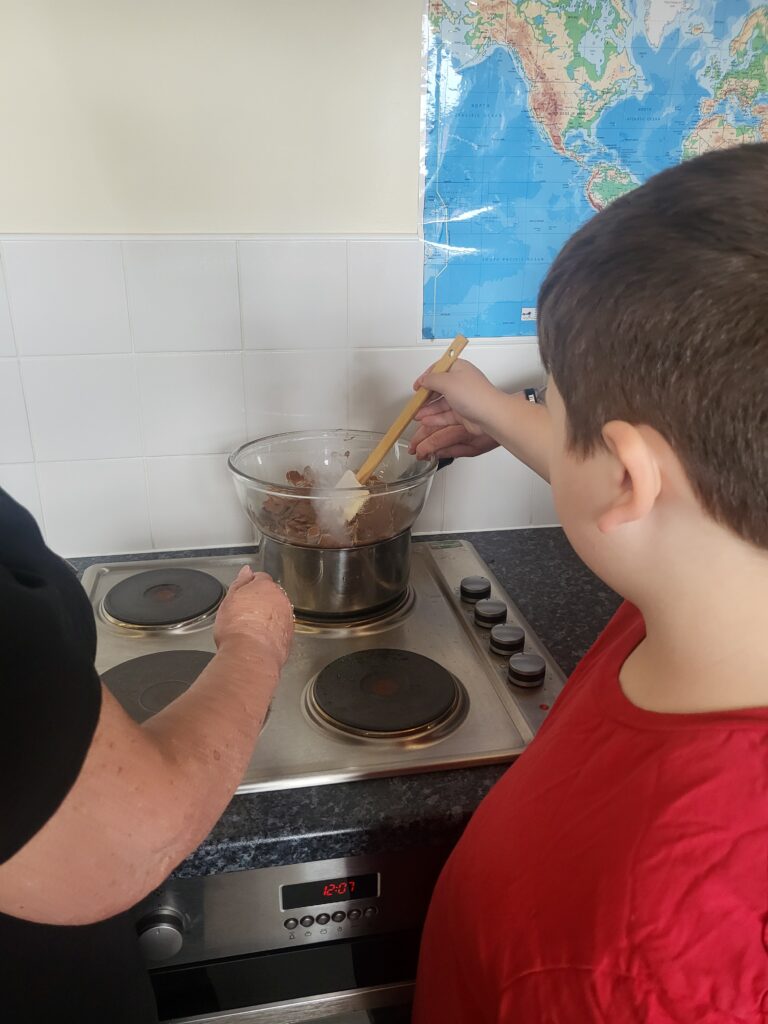
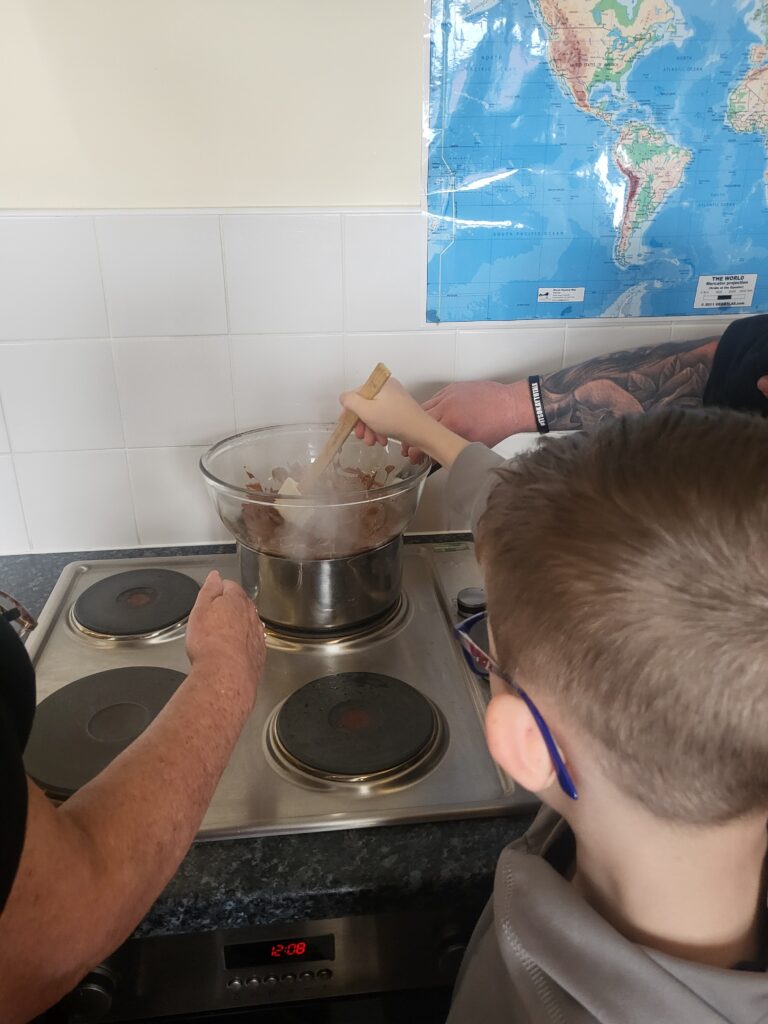
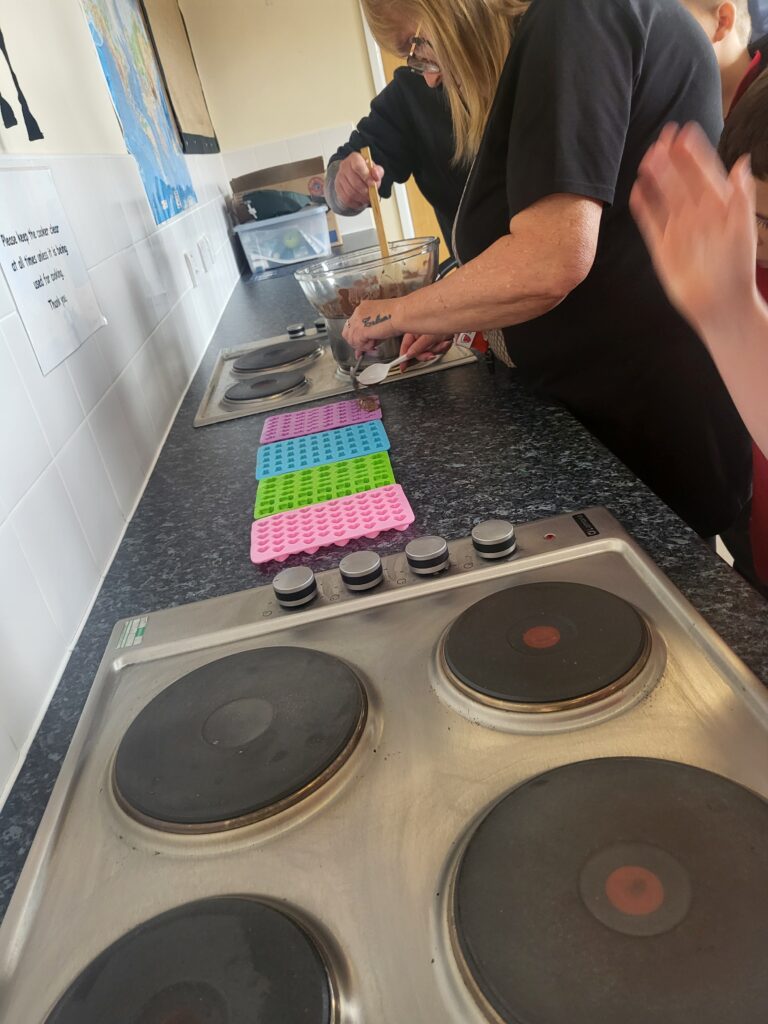

Today, Crew Hamill conducted another exciting experiment to help us to understand that some things can change state. We began by recapping a previous science experiment from Spring term in which we investigated how temperature effects the rate at which ice melts. We discussed this as we were able to identify that ice (which is a solid) melts into water (which is a liquid) if it is heated. If this is then frozen again, it will return to a solid. We then put this to the test in two ways. To begin, we had a look at wax. We discussed that this was a solid and then placed it into a wax burner which provided heat. We then left this, observing it at intervals throughout the lesson to see what happened. The block of wax disappeared before our eyes and turned into a liquid! We then switched the burner off and watched as it slowly cooled and returned to a solid. Whilst this was happening, we worked in mini crews to investigate chocolate. We placed solid chocolate into a bowl and heated it over a pan of boiling water. We watched as the chocolate melted and then placed this melted chocolate into moulds. We left this melted chocolate to cool in the moulds and are excited to see our results tomorrow when we pop the chocolates out!
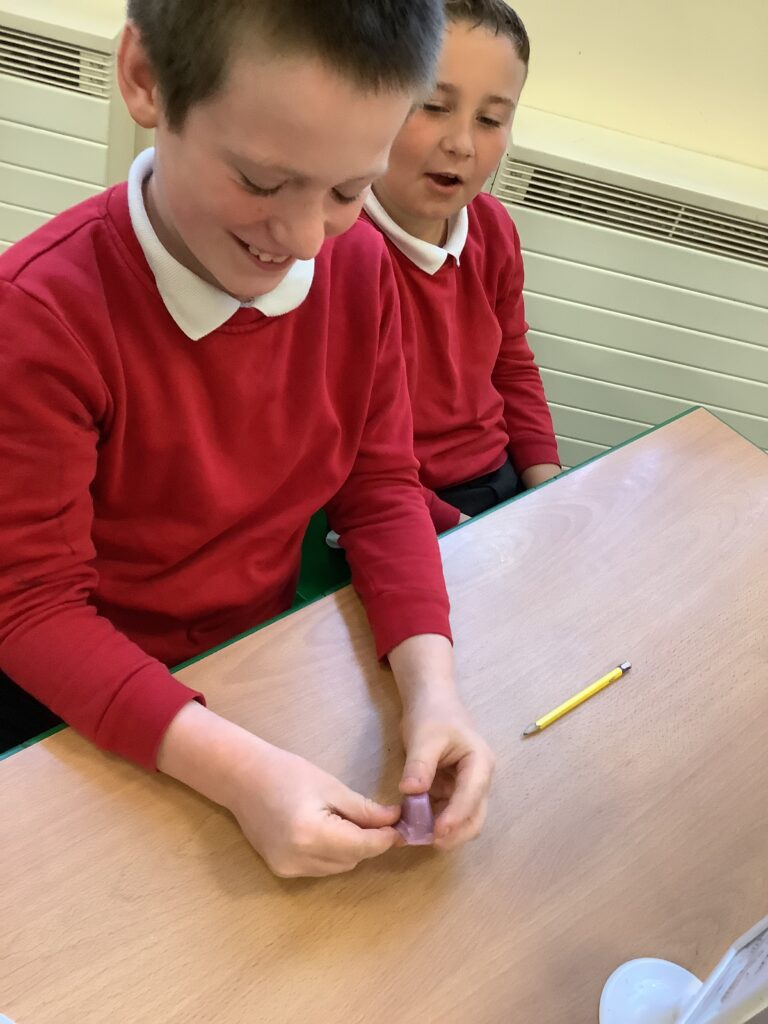
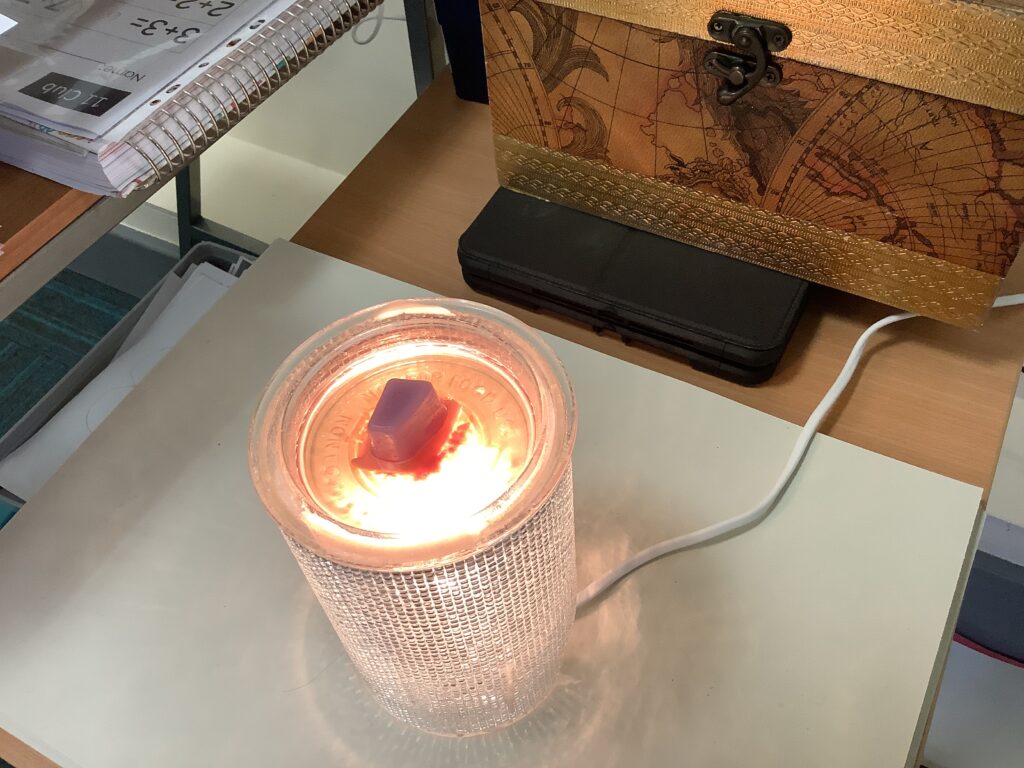
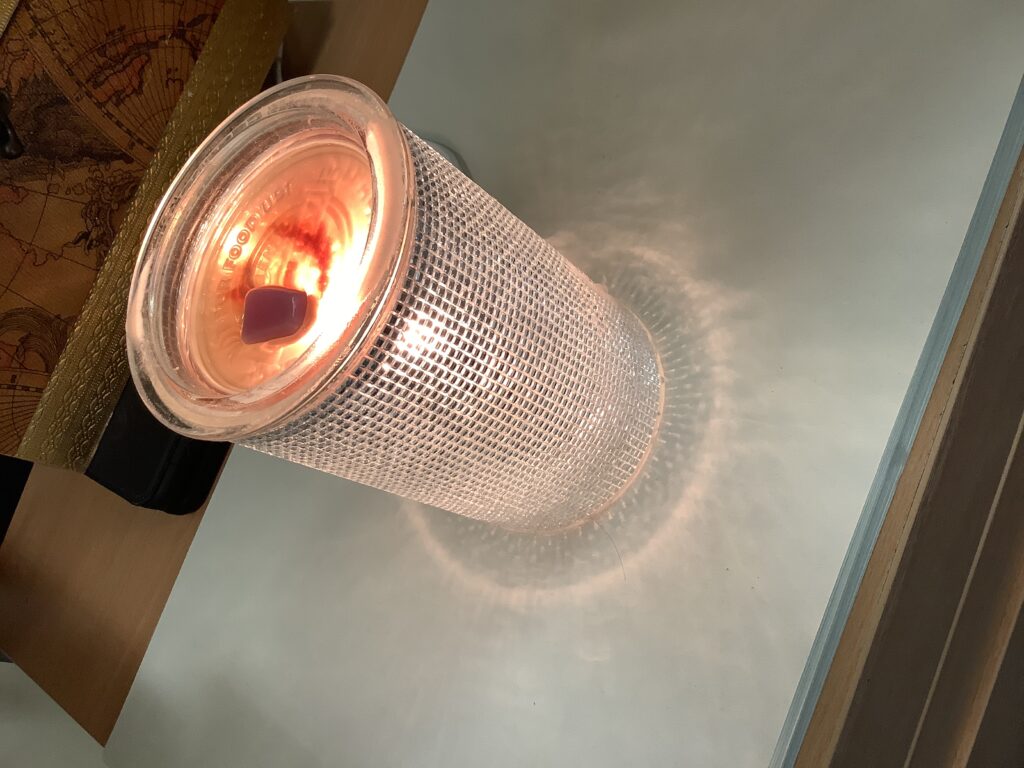
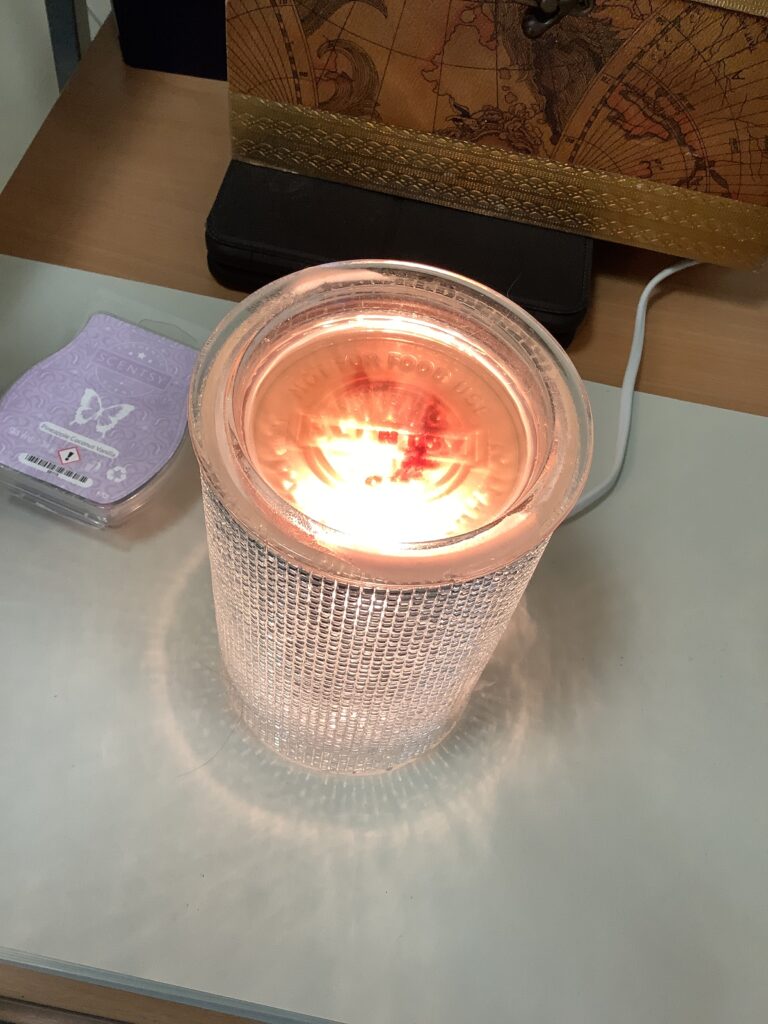
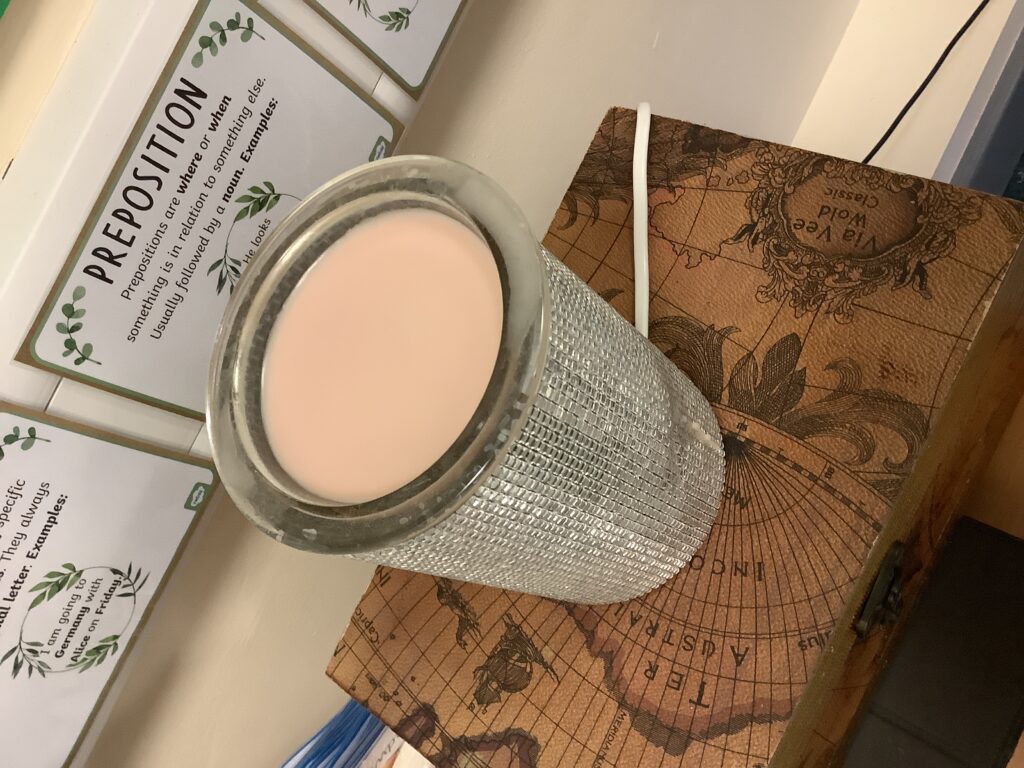

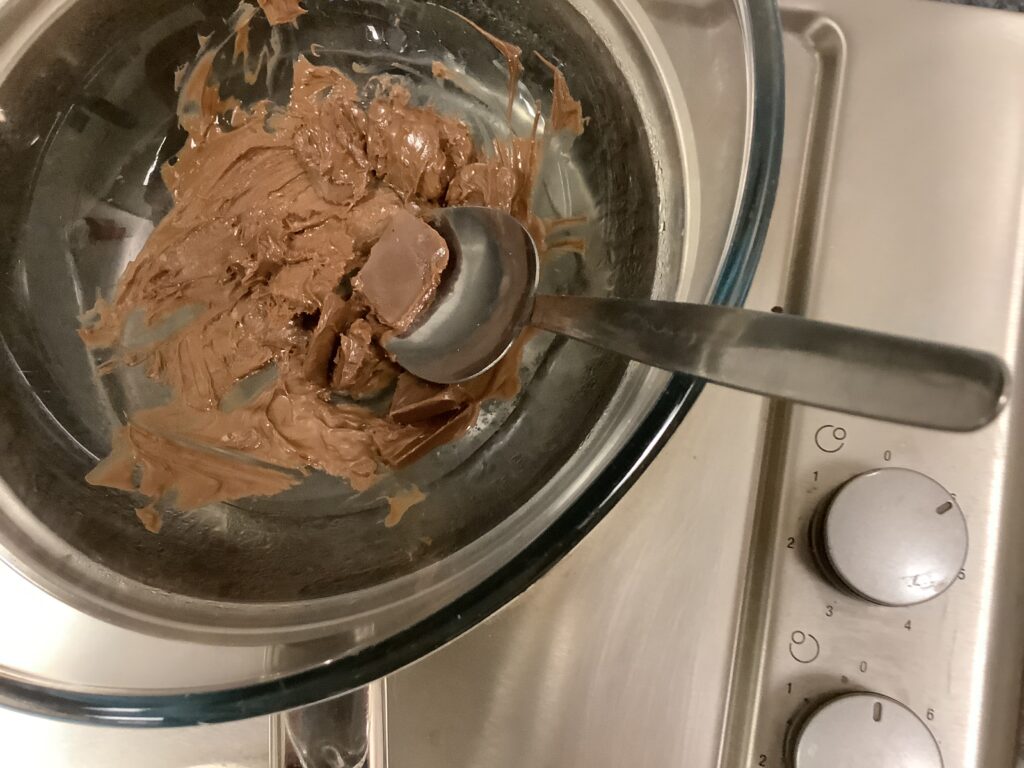

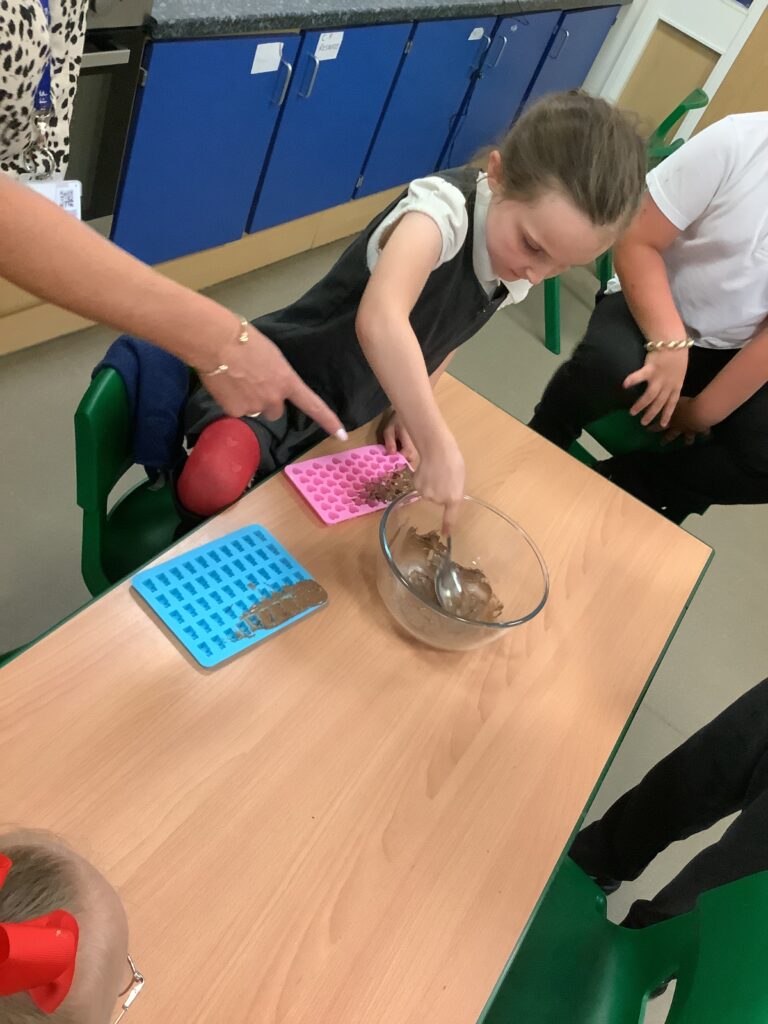
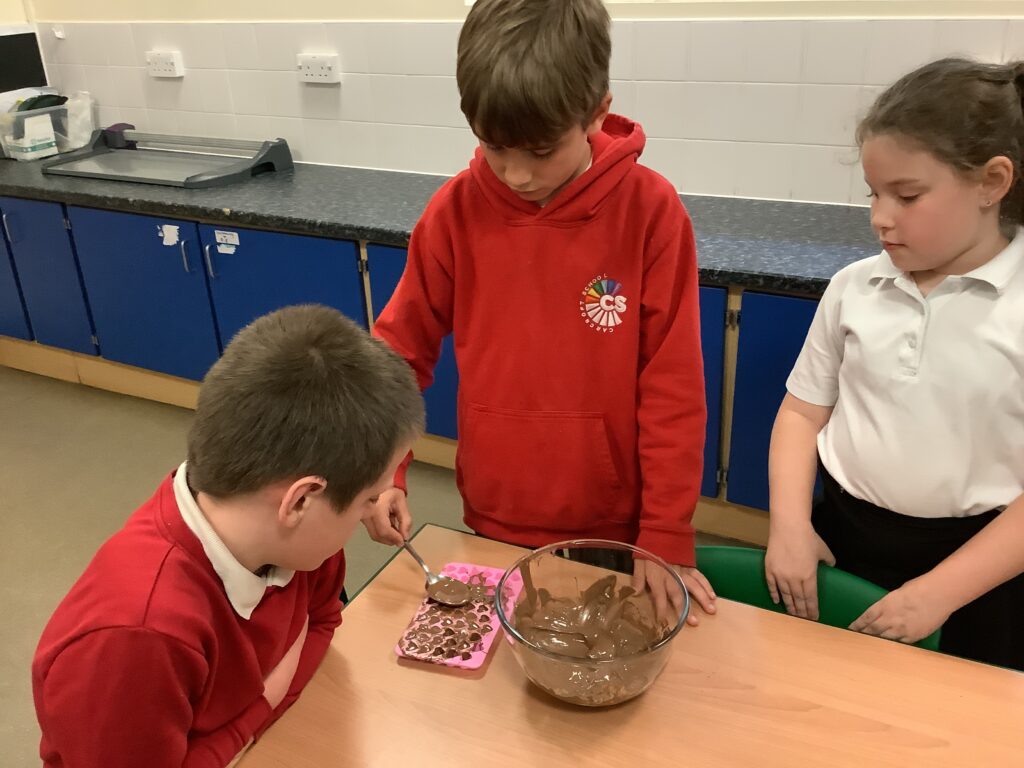
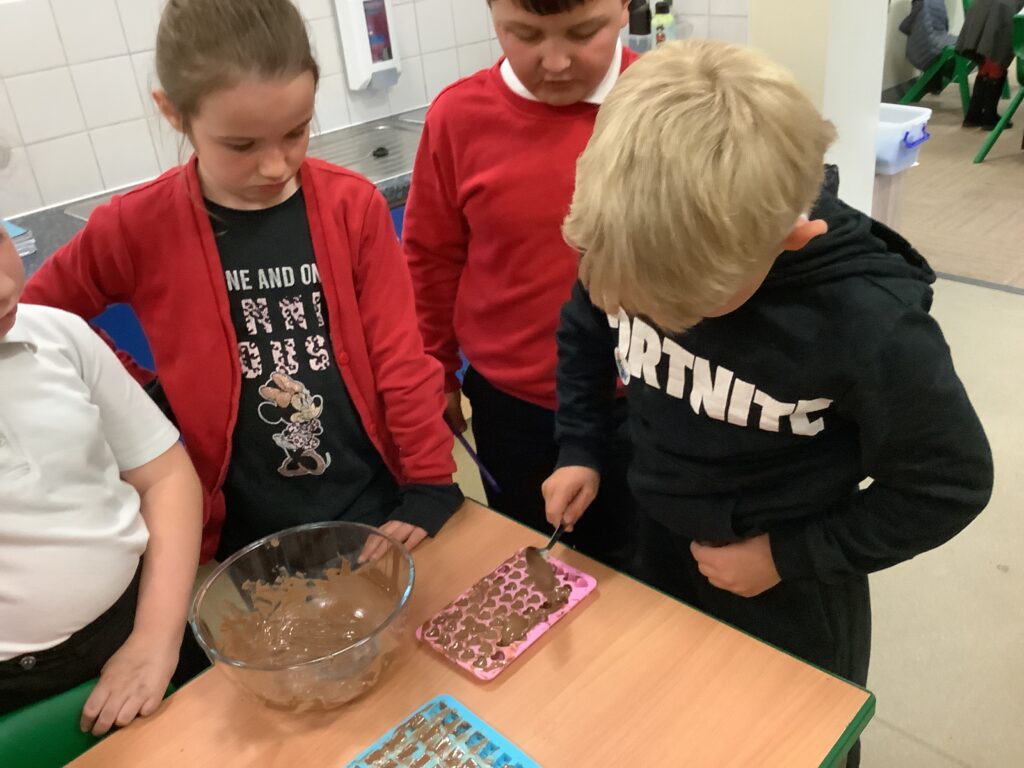
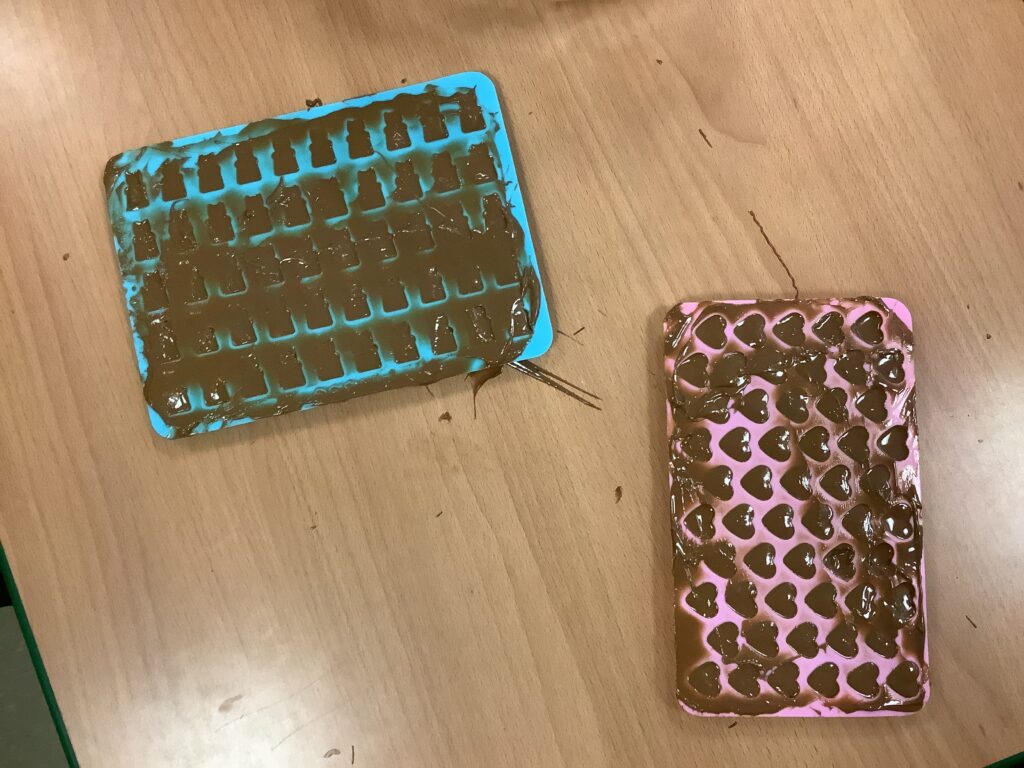
In Crew Haddock, they were looking at how the marble would react when put into different liquids.
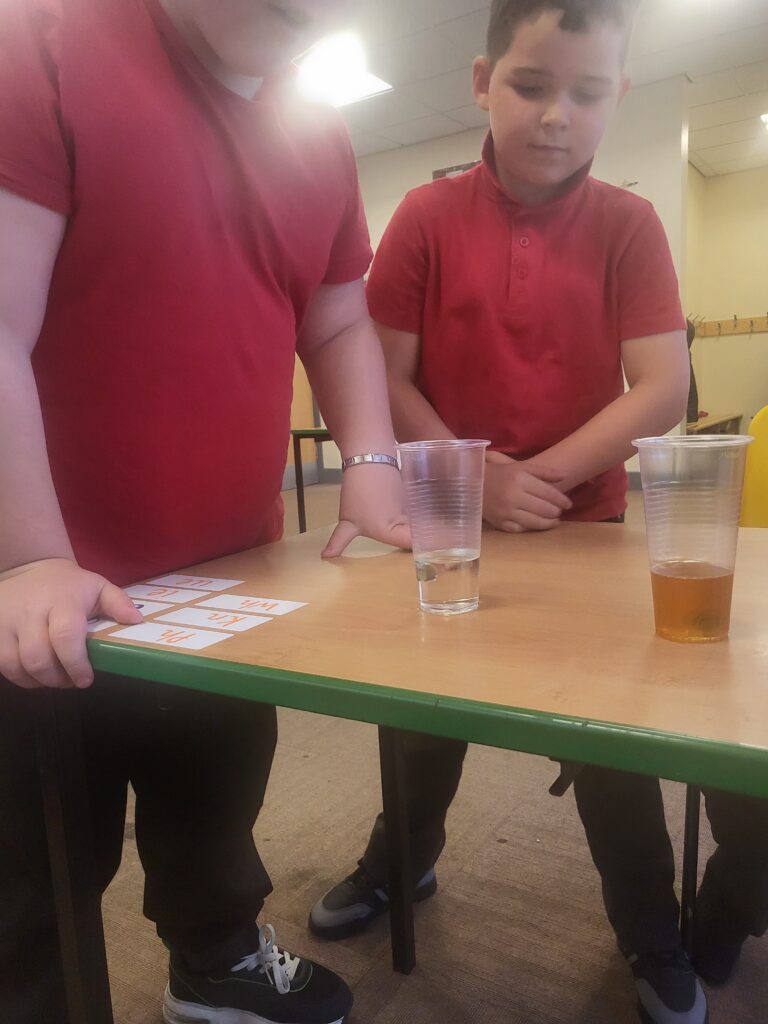
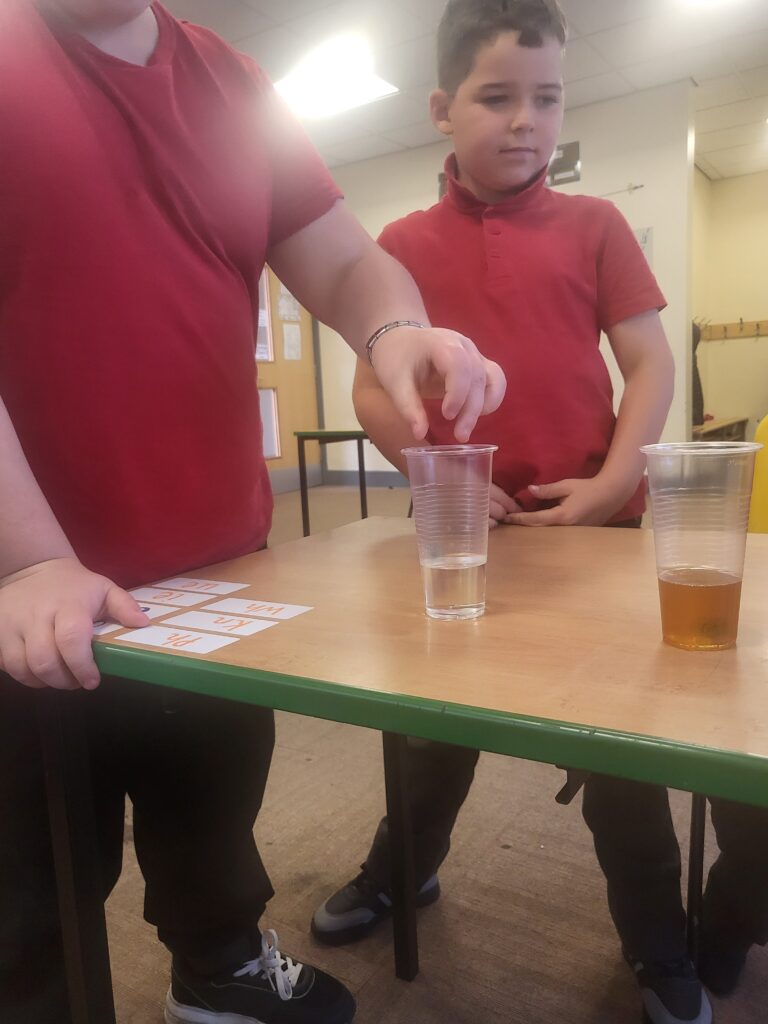
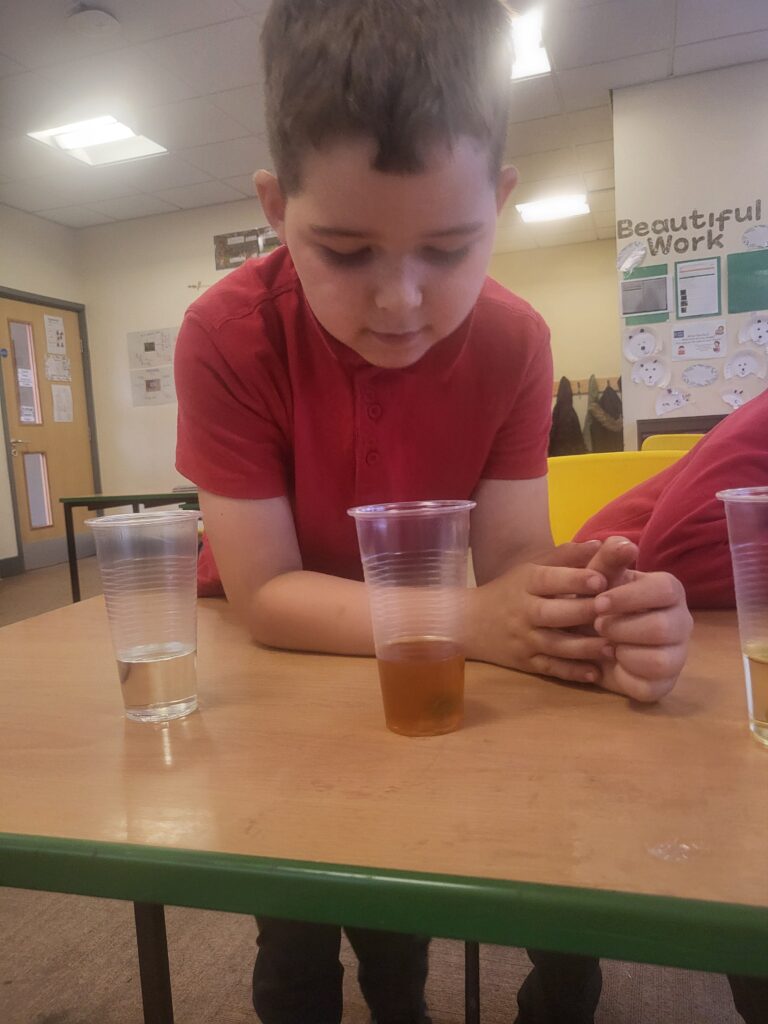
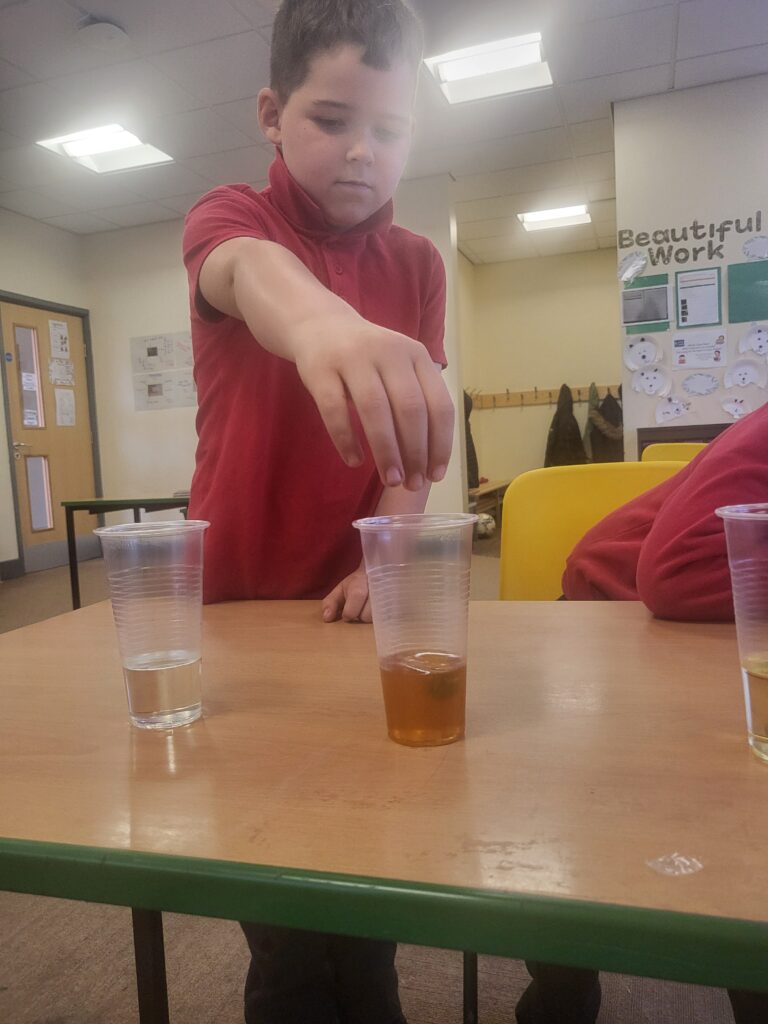
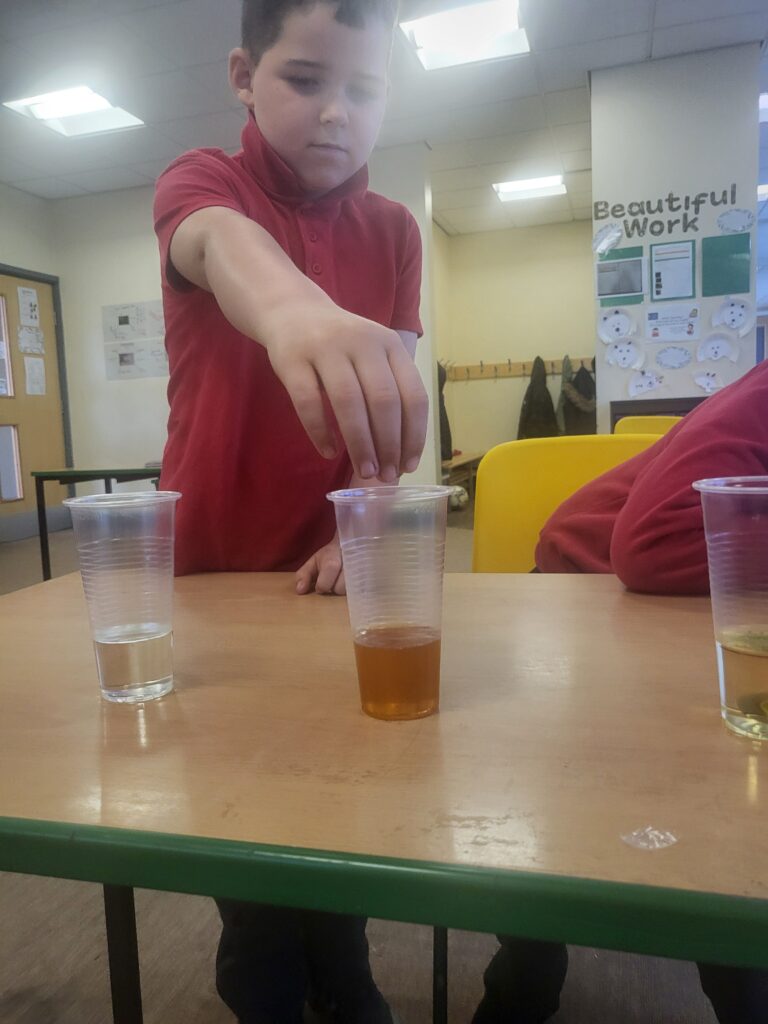
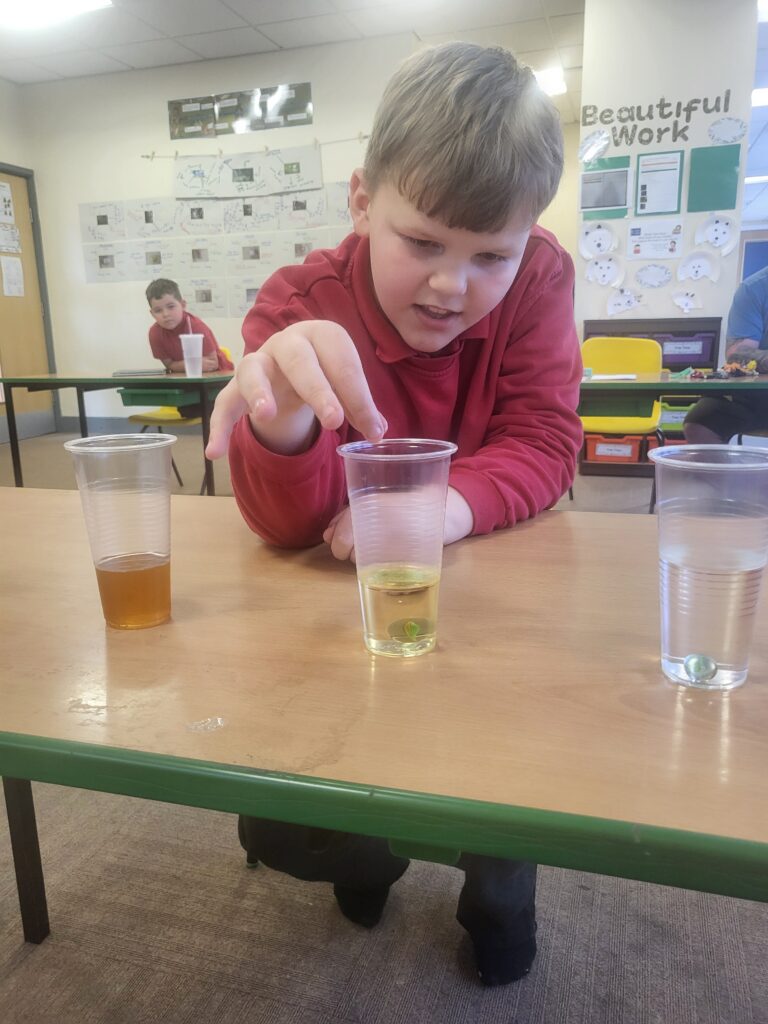
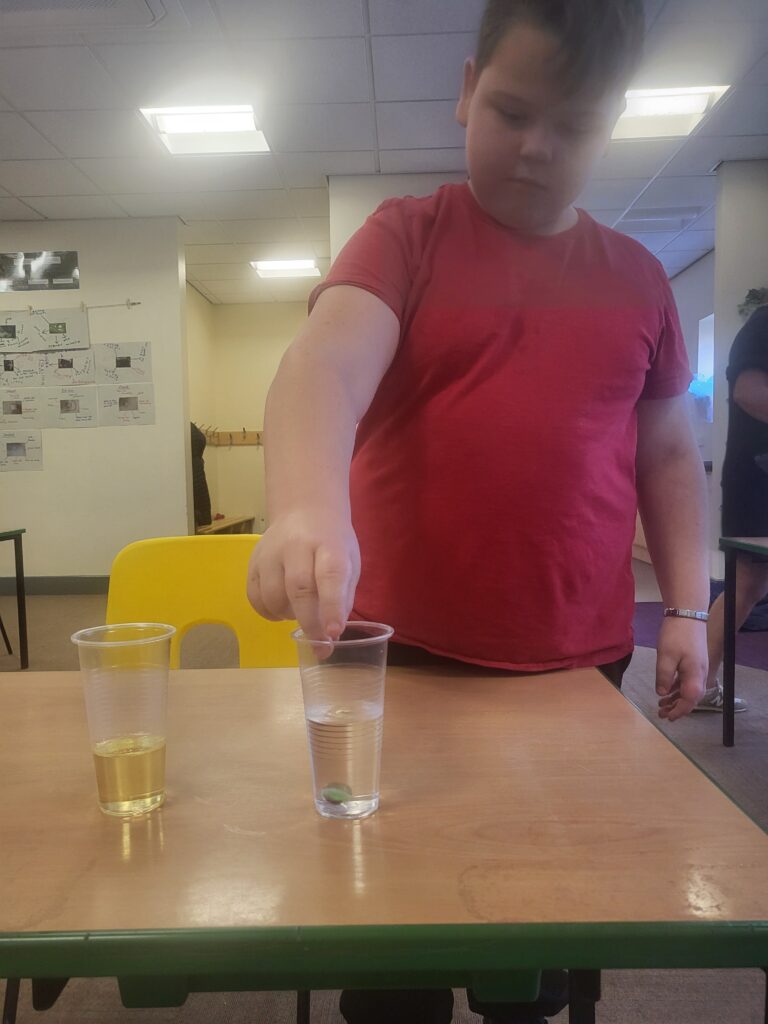
Crew Hamill have LOVED their first science lesson for Case Study 2 today. We recapped our sticky knowledge of solids, liquids and gases from the things we learned during hook week and took this knowledge forward to conduct an experiment about whether states of matter behave in the same way simply because they’re the same state. To begin, we made predictions on what we thought would happen. Once we had looked at the different liquids – water, oil, cornstarch and honey – we decided that they would behave differently due to some liquids being thicker than others. We predicted that they would move differently, with the thicker consistencies moving more slowly, and that if we dropped a marble in them, it would fall more slowly in the thicker liquids as they are stickier. We then poured each liquid into a glass container and made observations on what happened. We were correct in our prediction: the thicker liquids did pour more slowly into the container. After this, we dropped a marble into each liquid and observed what happened. As we’d predicted, the marbles dropped much quicker through the liquids that weren’t as thick – the water and the oil – and they moved slower, with some resistance, through the thicker liquids – cornstarch and honey. You can see if the videos below how this happened:
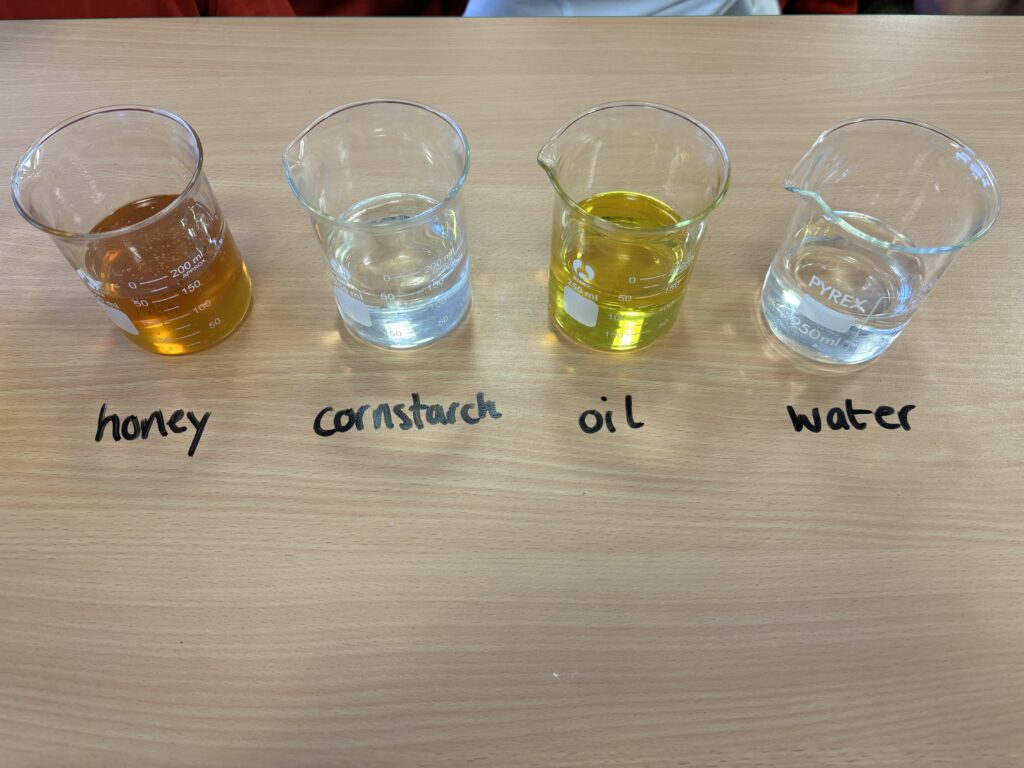
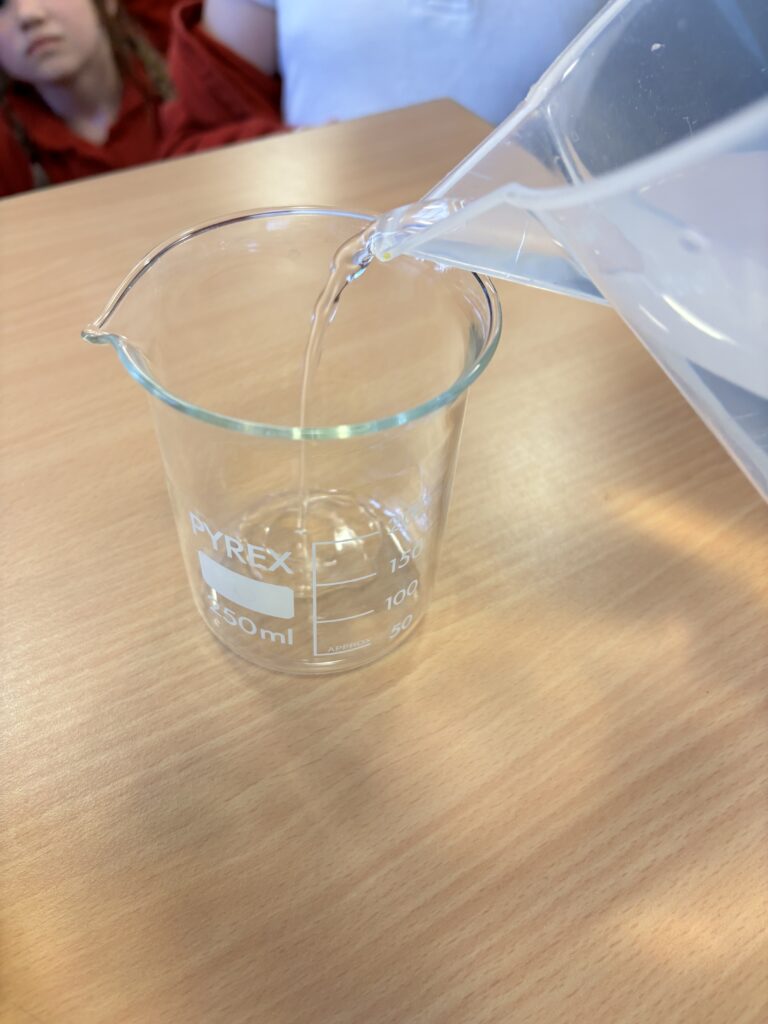
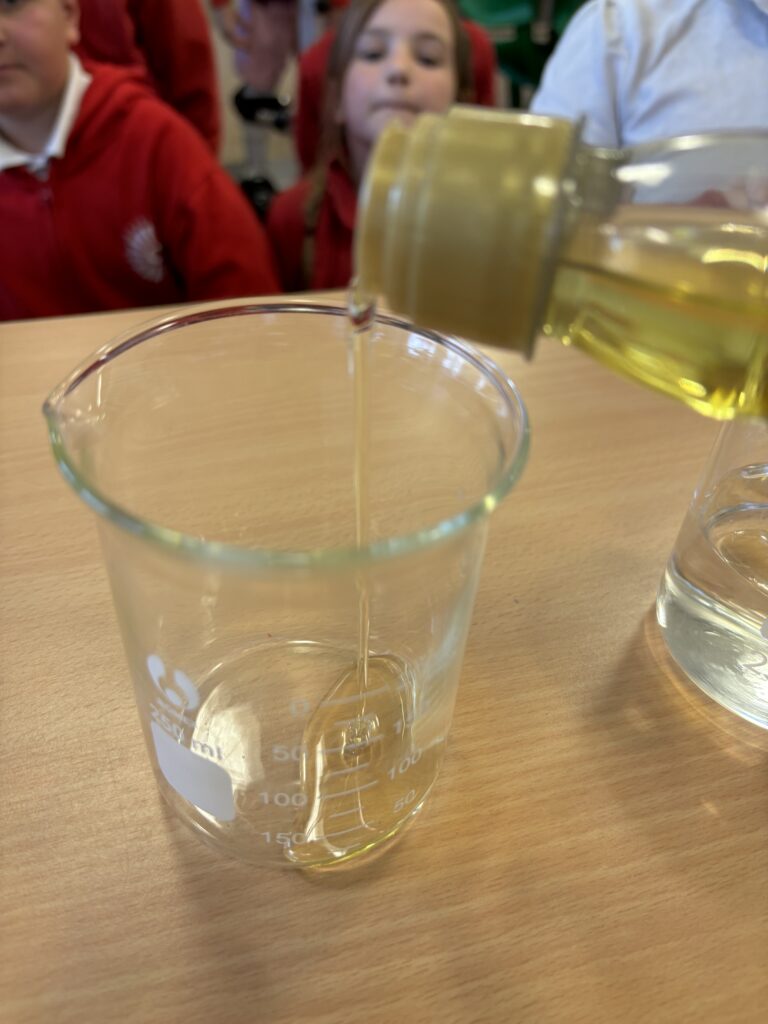
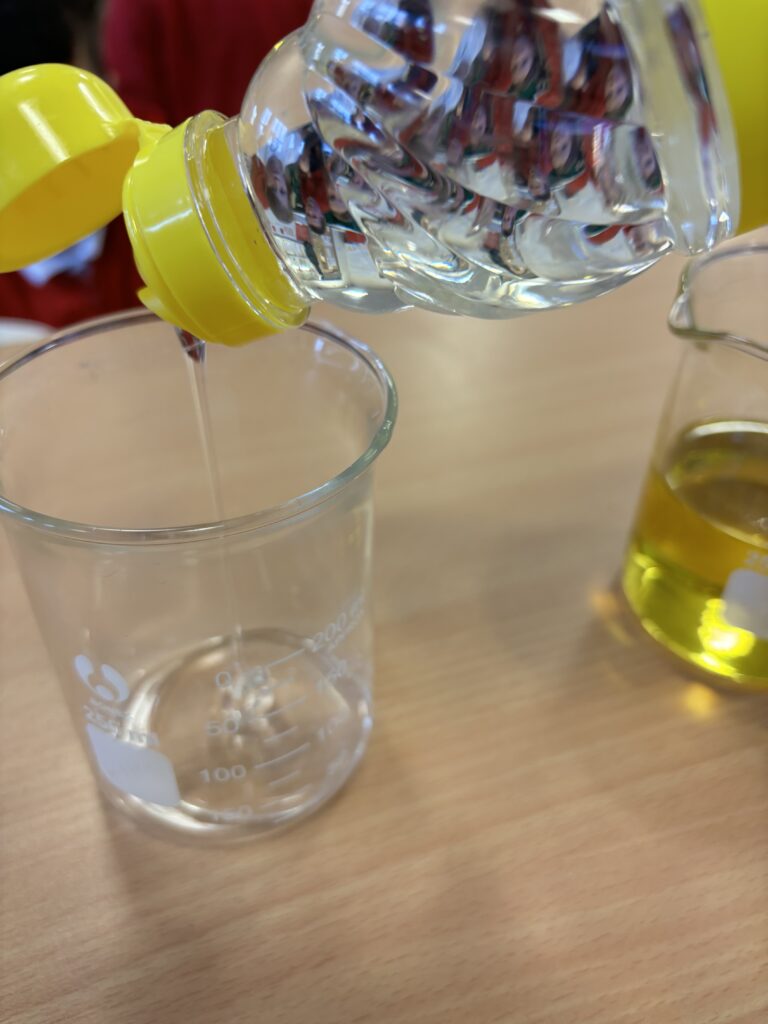
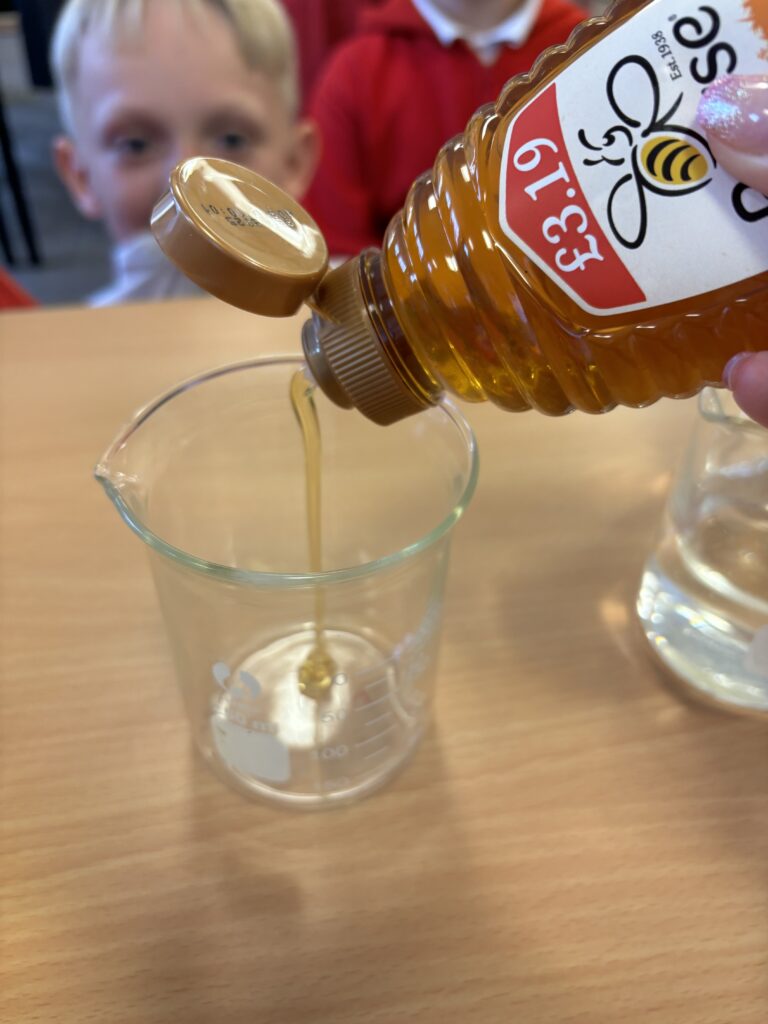
As part of our expedition, we have been looking at the impact exercise has on our bodies (especially our hearts). In this session, we took part in an online fitness workout to get our hearts pumping and really reflect on the impact exercise has on our bodies. We noticed that we’re all very different and exercise affects each one of us differently – and that’s ok. Now that we’ve learnt about the long-term benefits of staying active, we’ll definitely try our best to keep active!
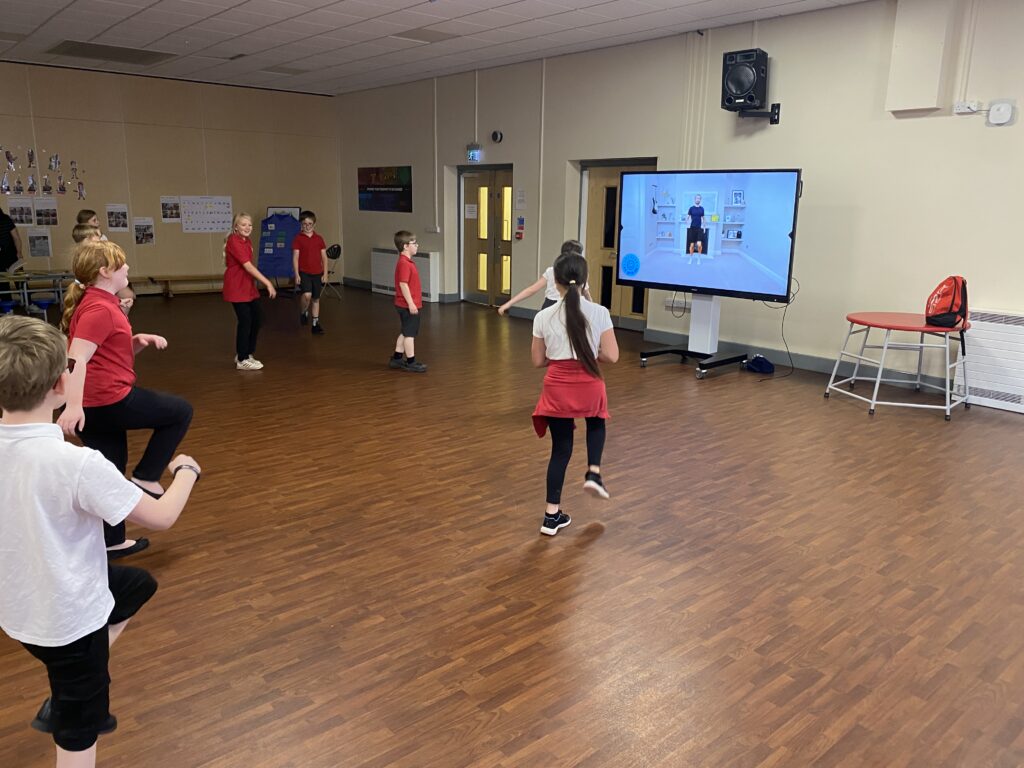
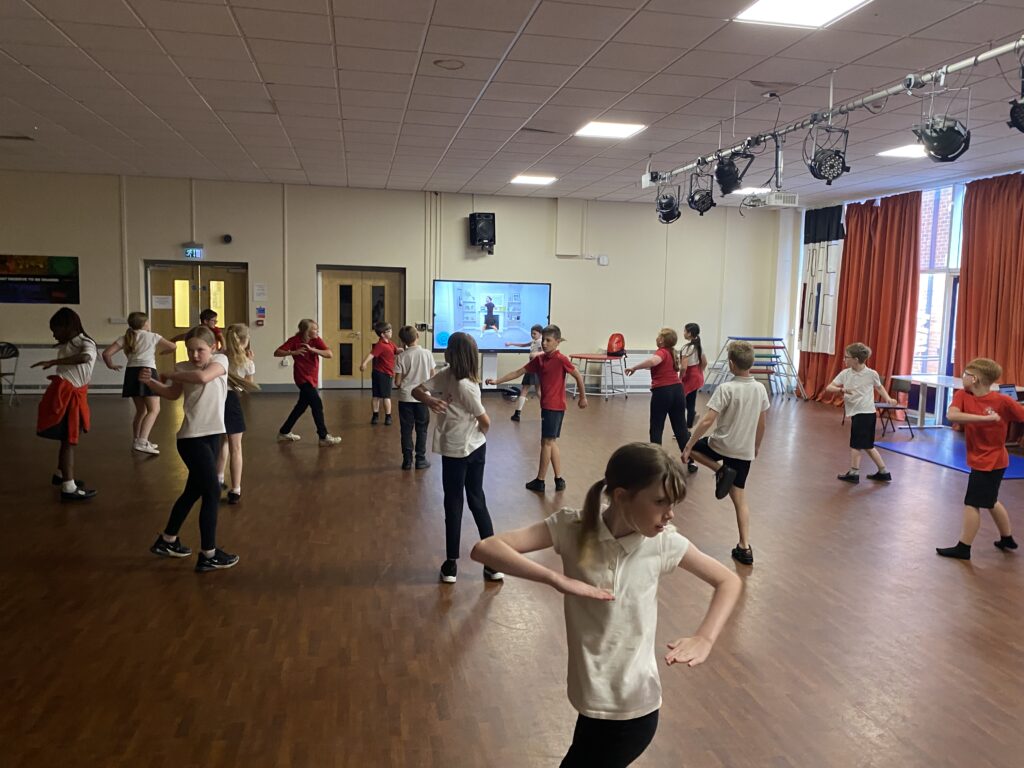
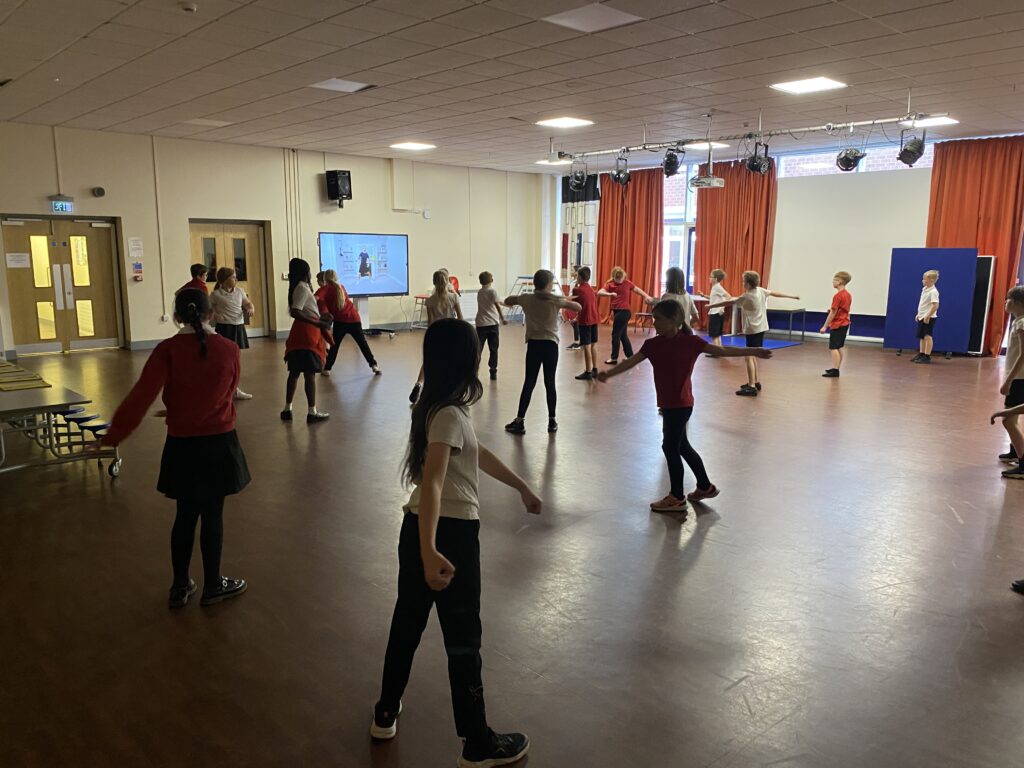
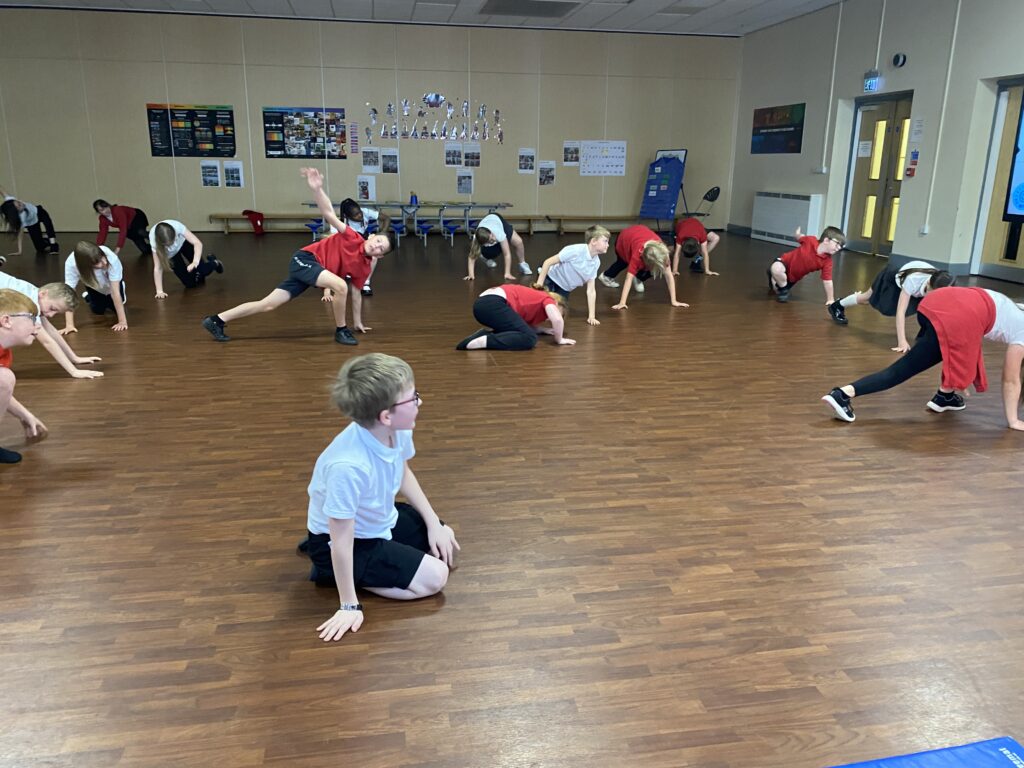
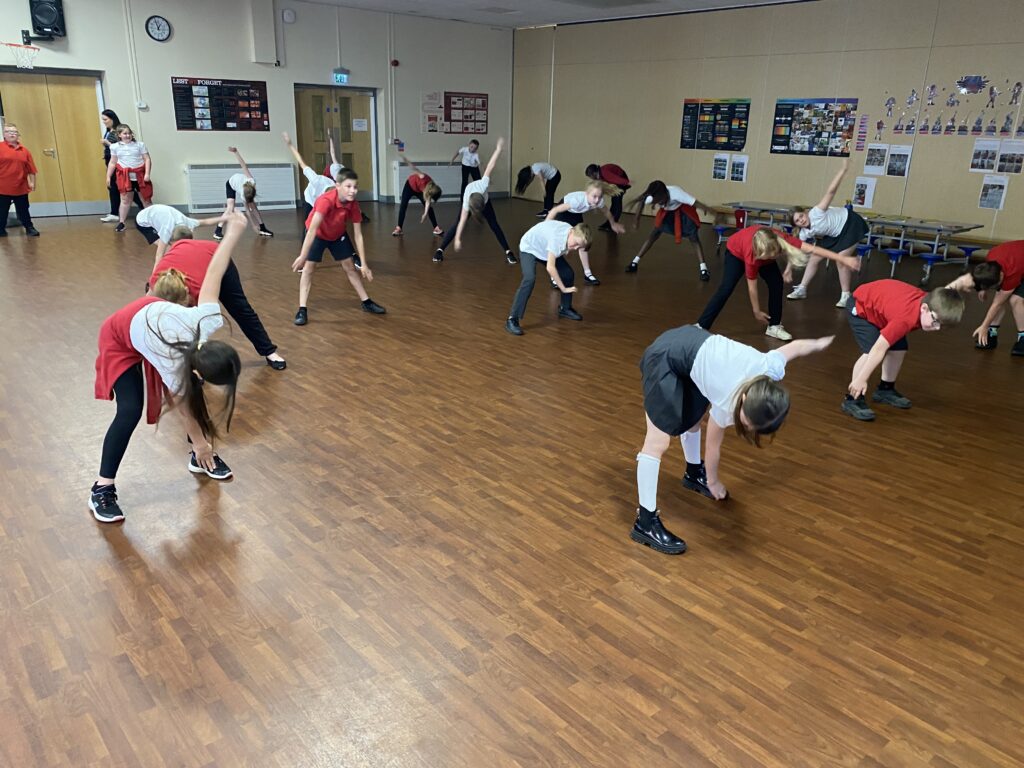
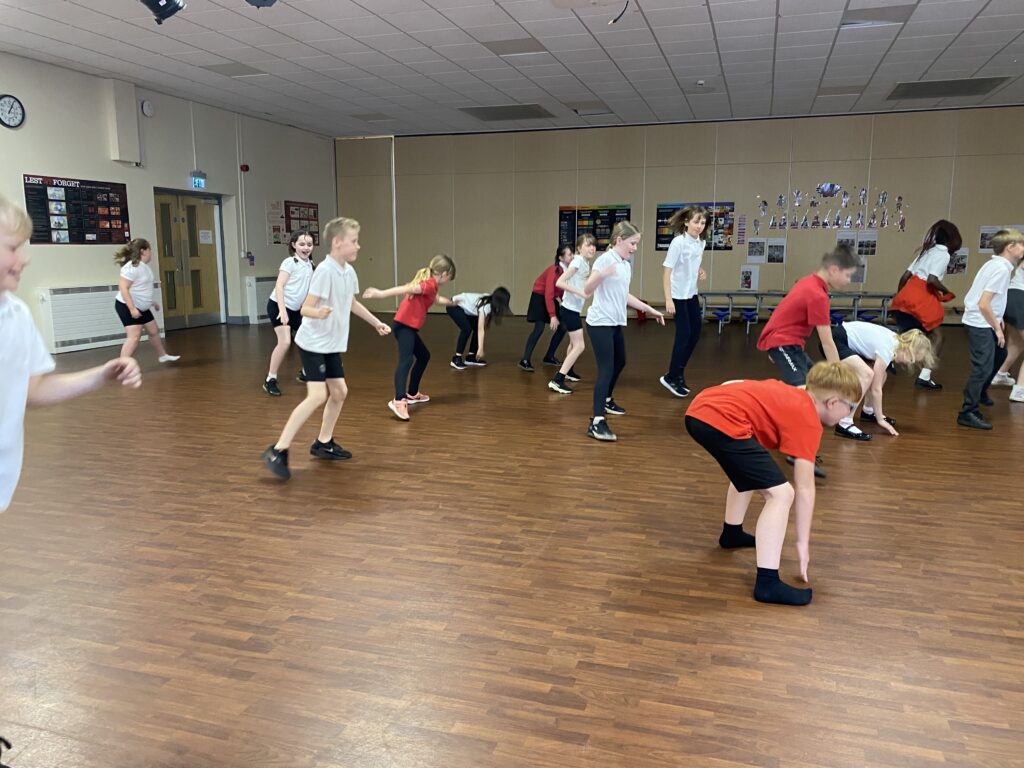

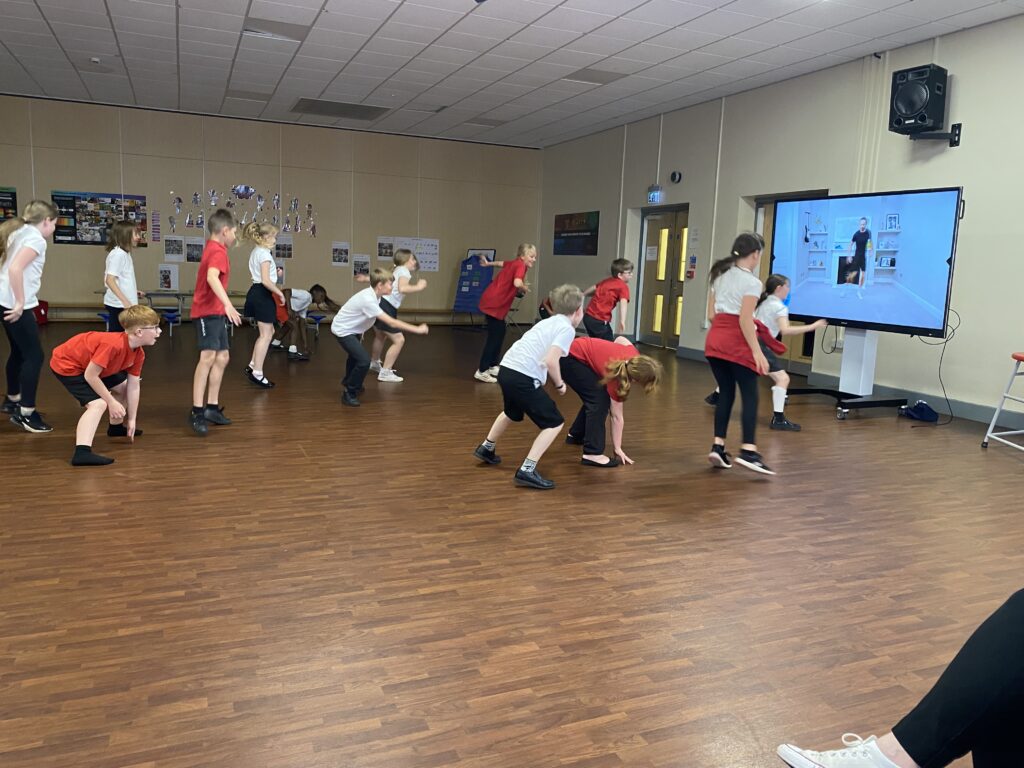
In expedition, we have been learning all about our blood – its purpose and how it is made. We’ve written about it, drawn it and discussed it (as well as acted it out). We enjoyed the Kahoot! we completed to consolidate all of our learning.
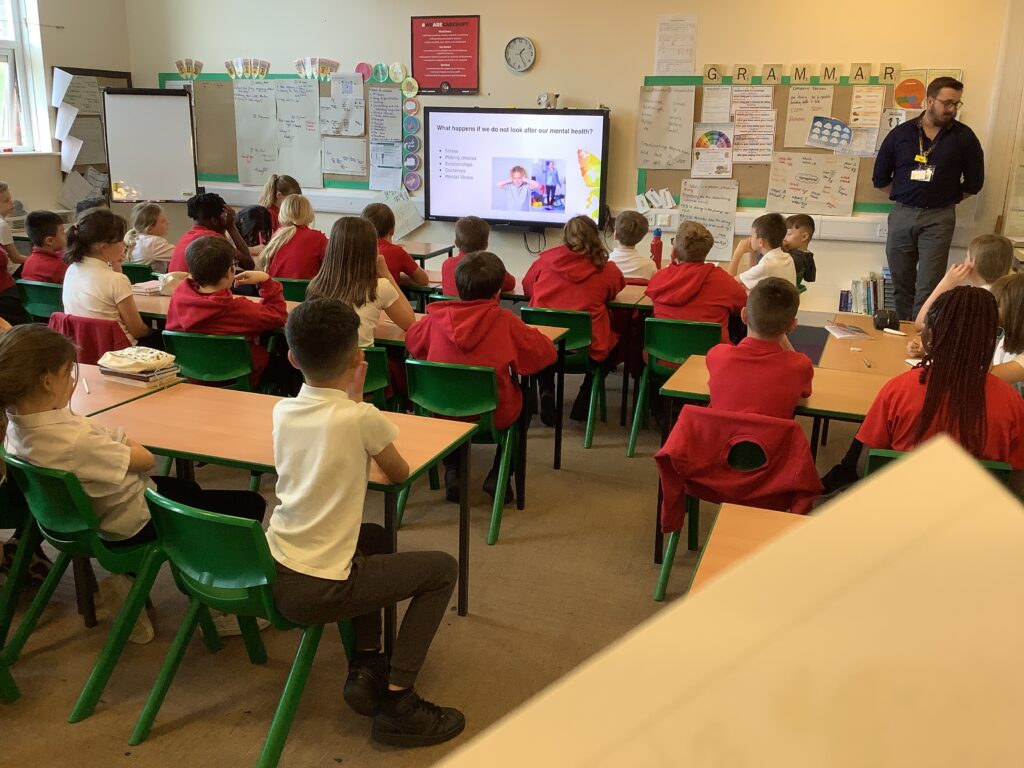
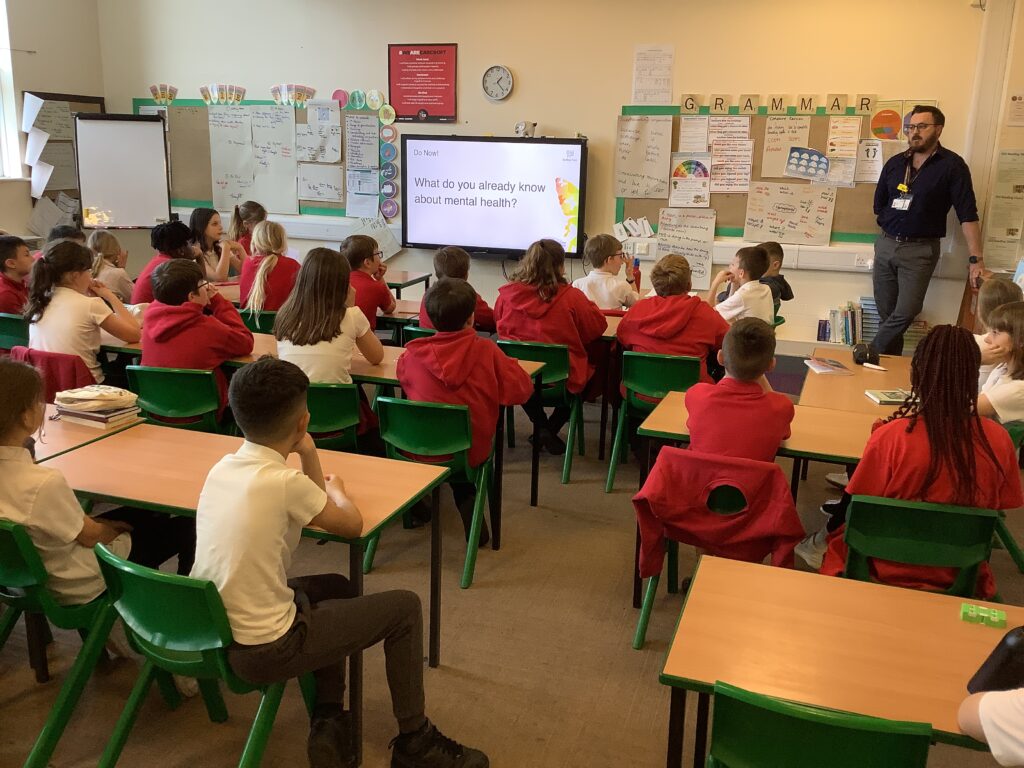


To celebrate Earth Day, we spent time in our XP Outdoors crew session making seed bombs!
We used flour, wildflower seeds, compost and water and mixed them altogether to create a mixture. We then took this mixture and rolled it into golf-sized balls and put them aside to dry. Once they are dry we will take some home but also plant some in our outdoor area at school. Seed bombs simply need to be dropped into soil and nature will do the rest. Over time they will turn into beautiful wildflowers!
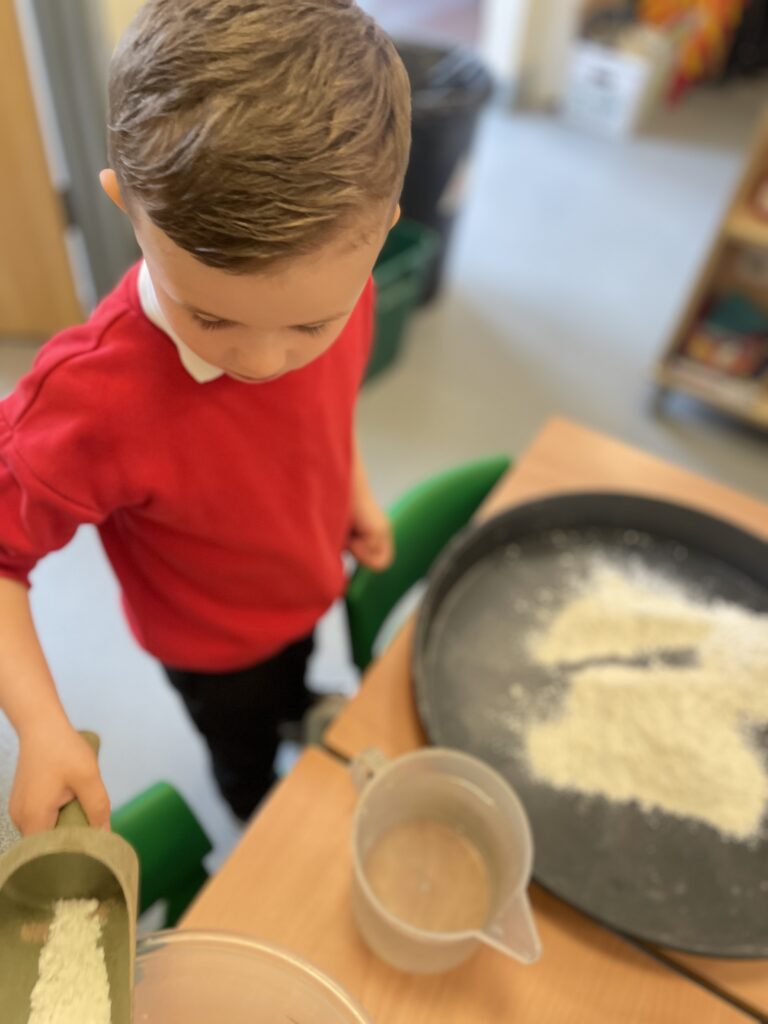
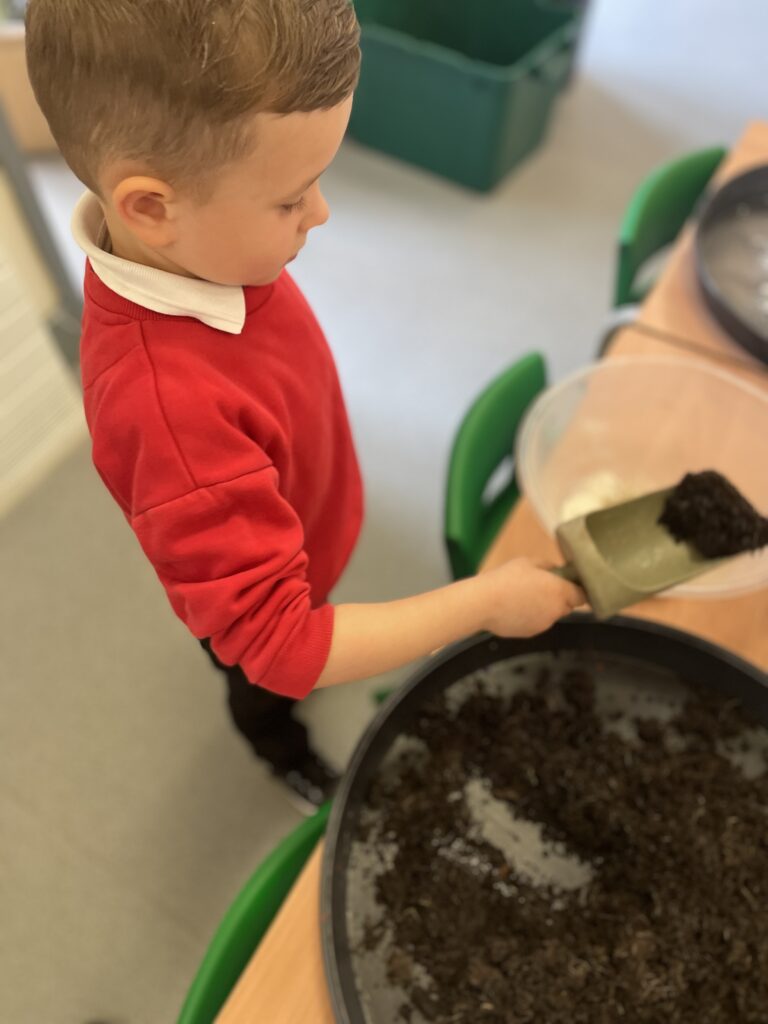
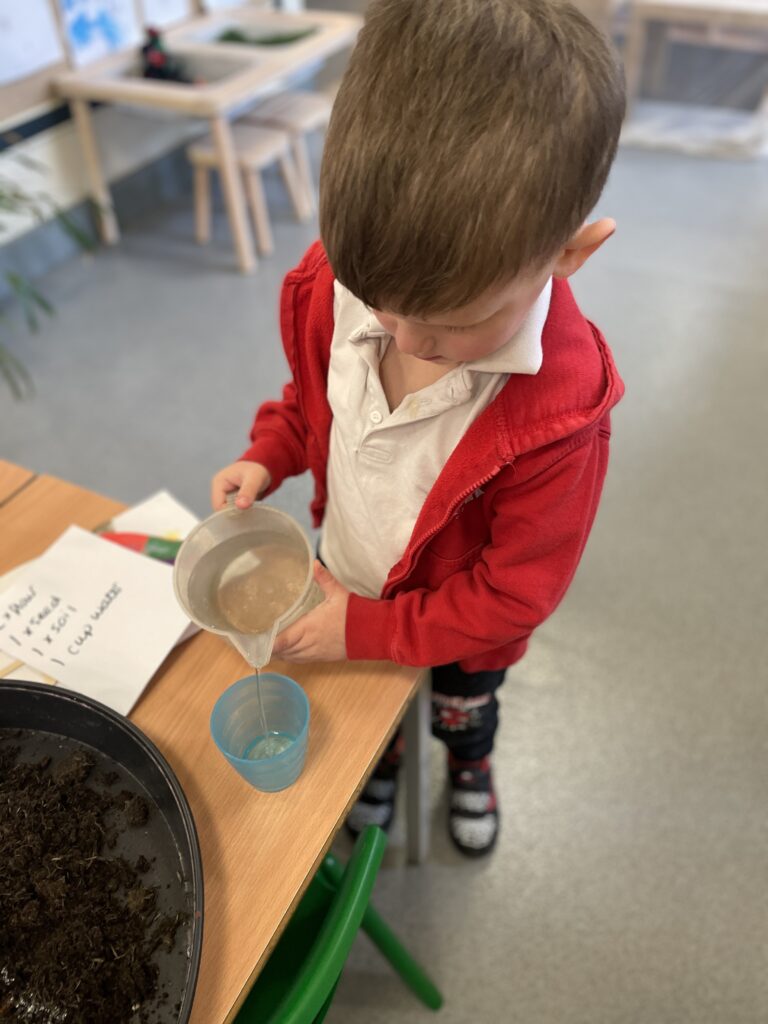
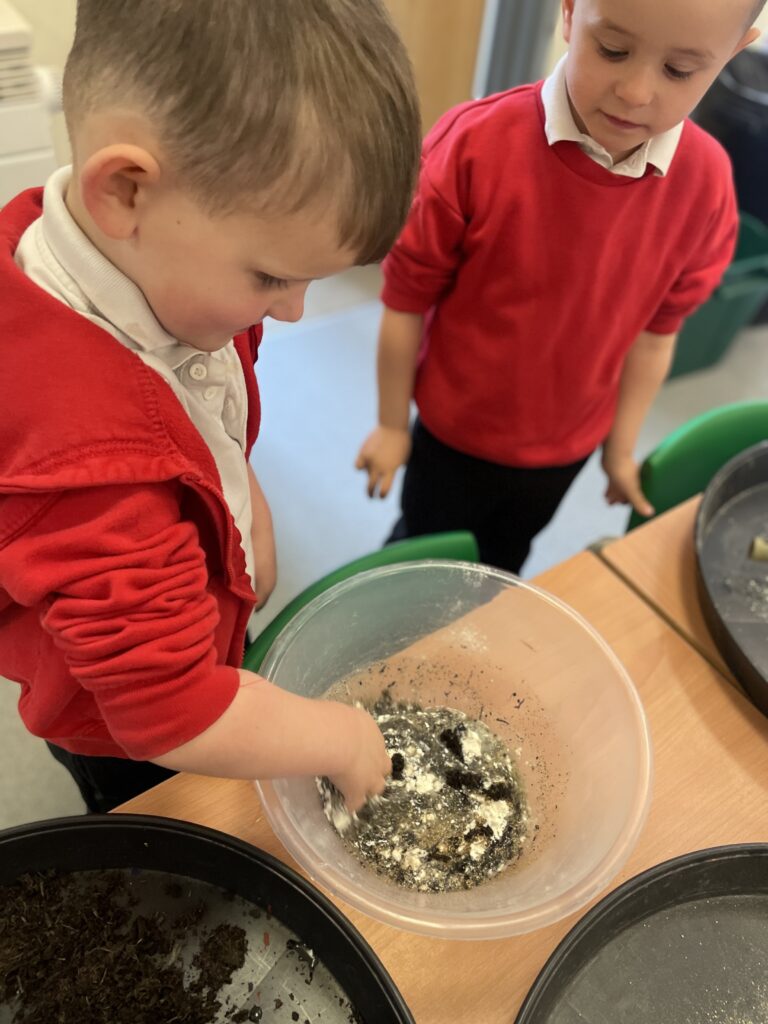
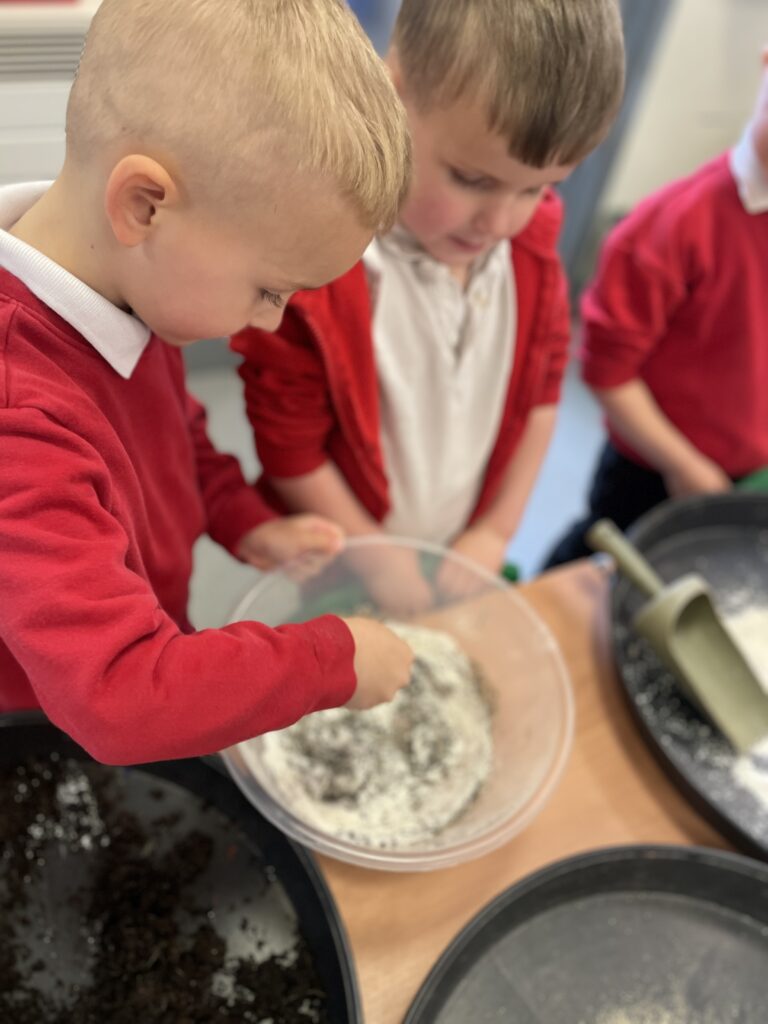
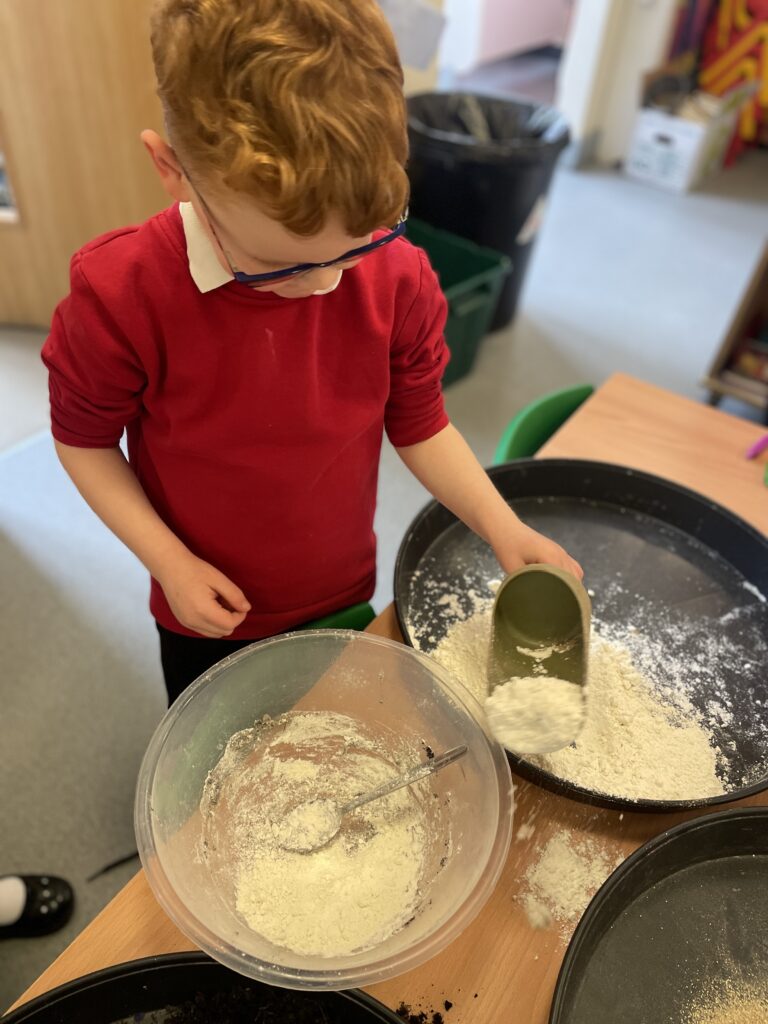
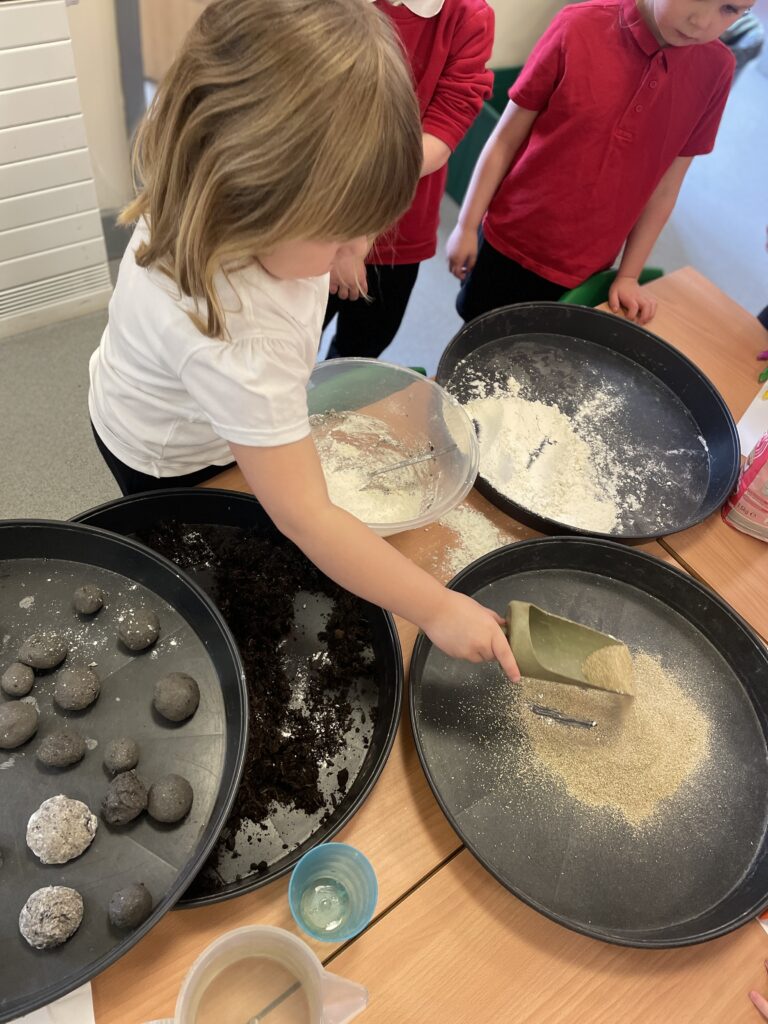
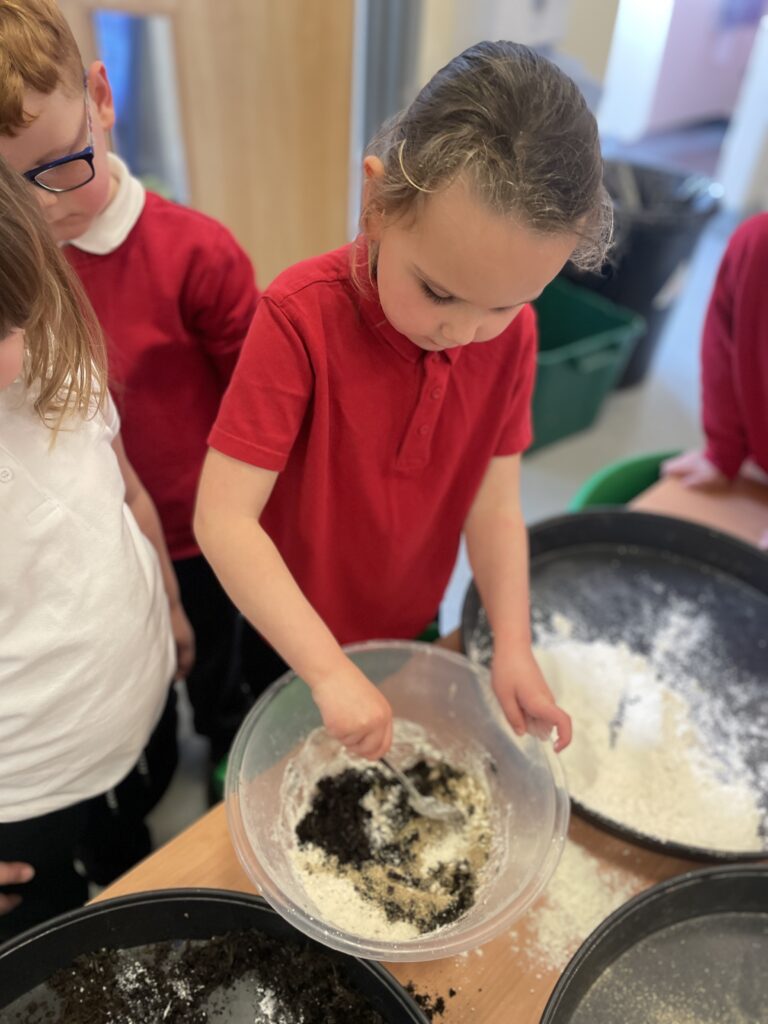
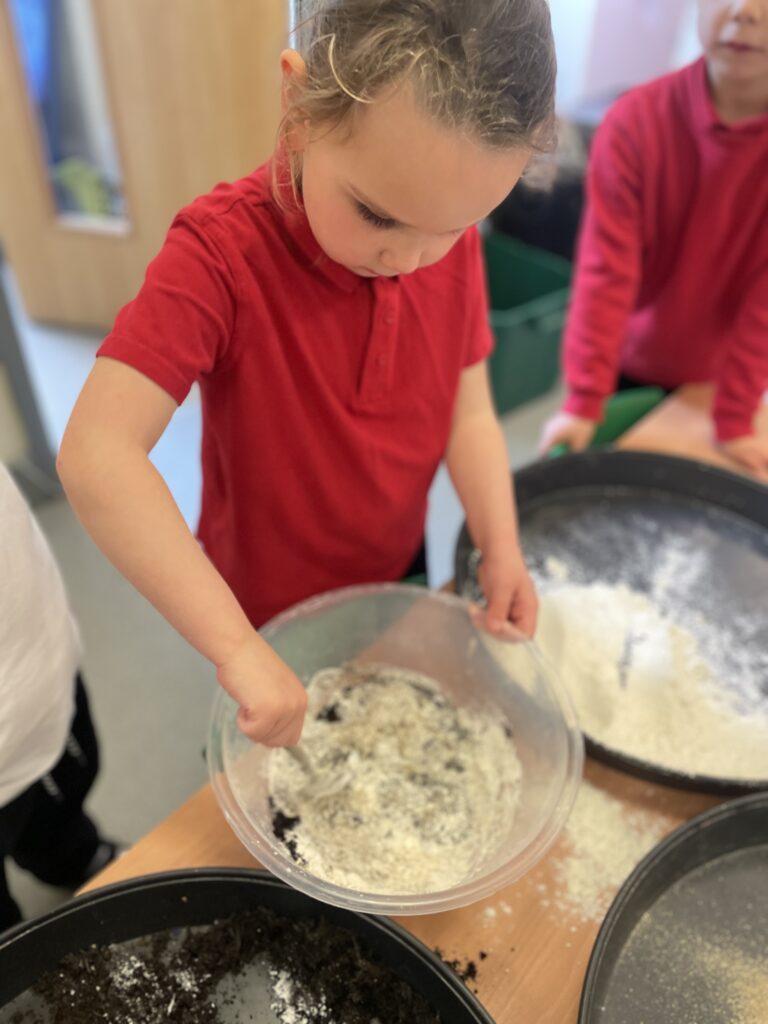
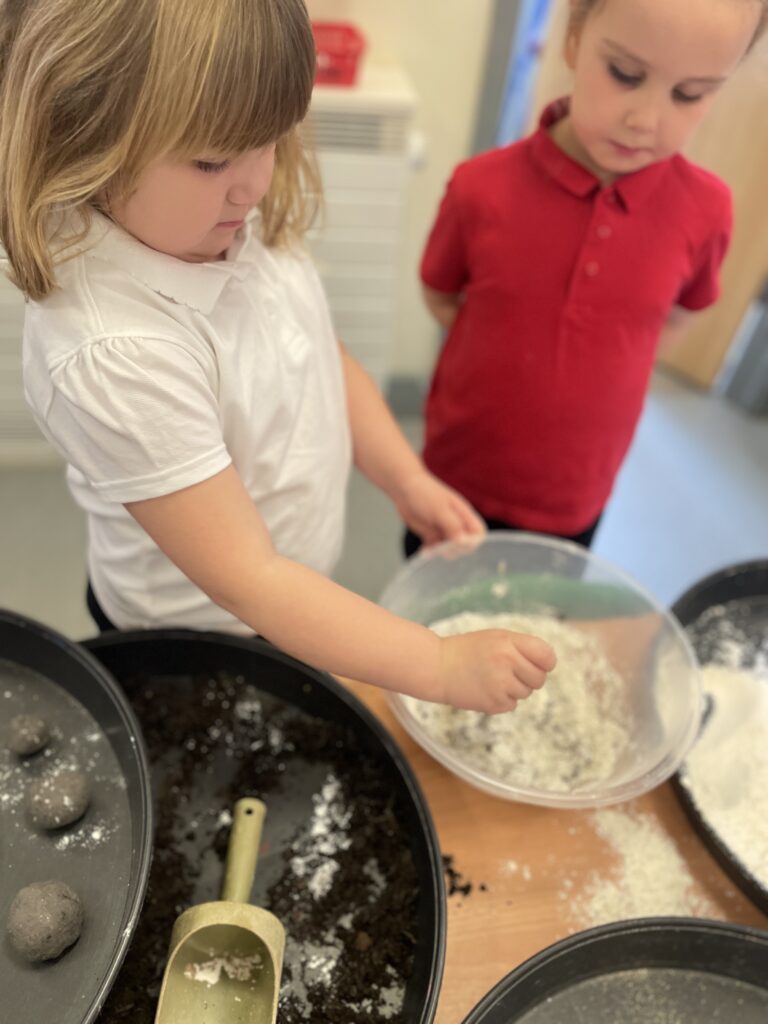
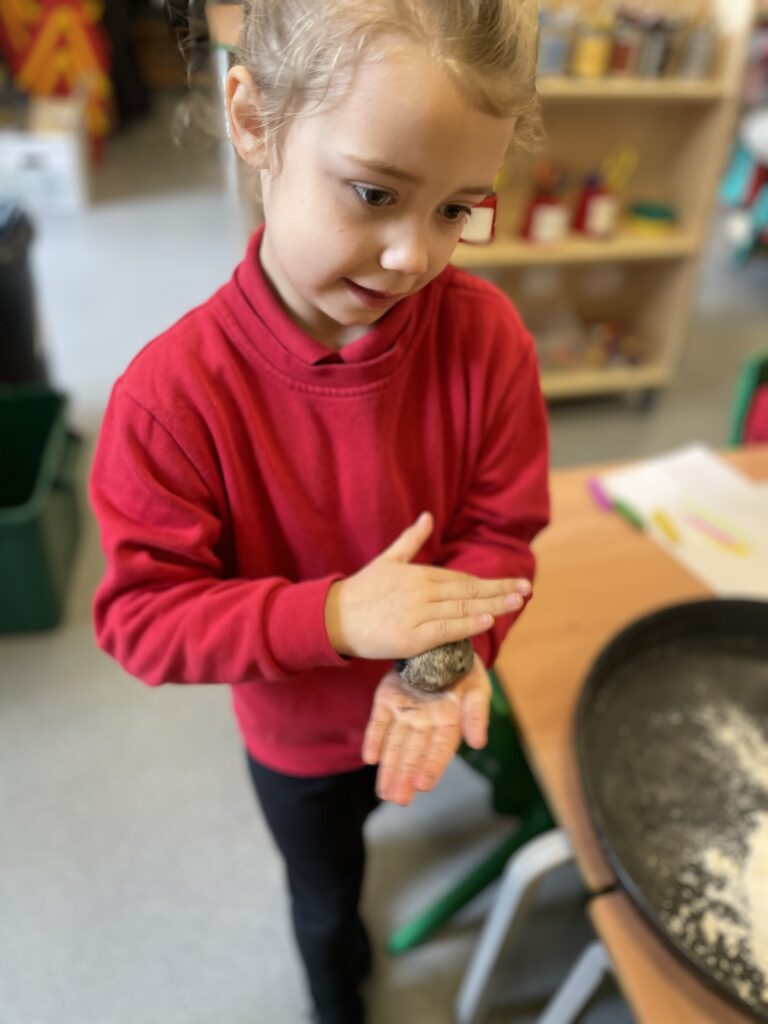
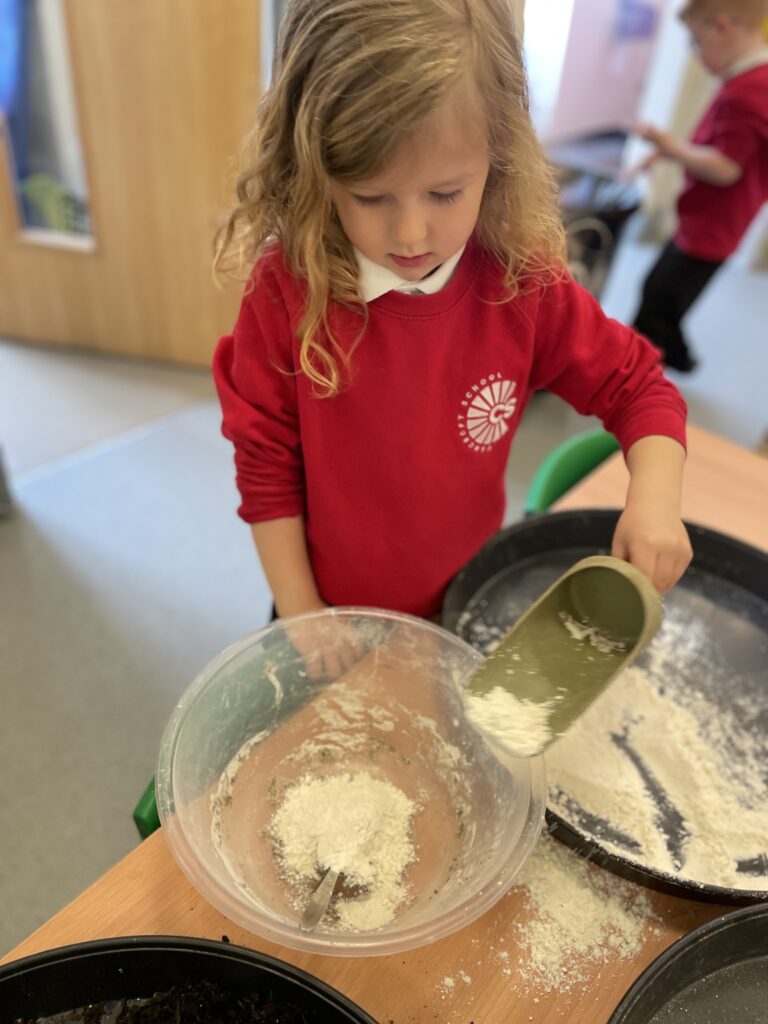
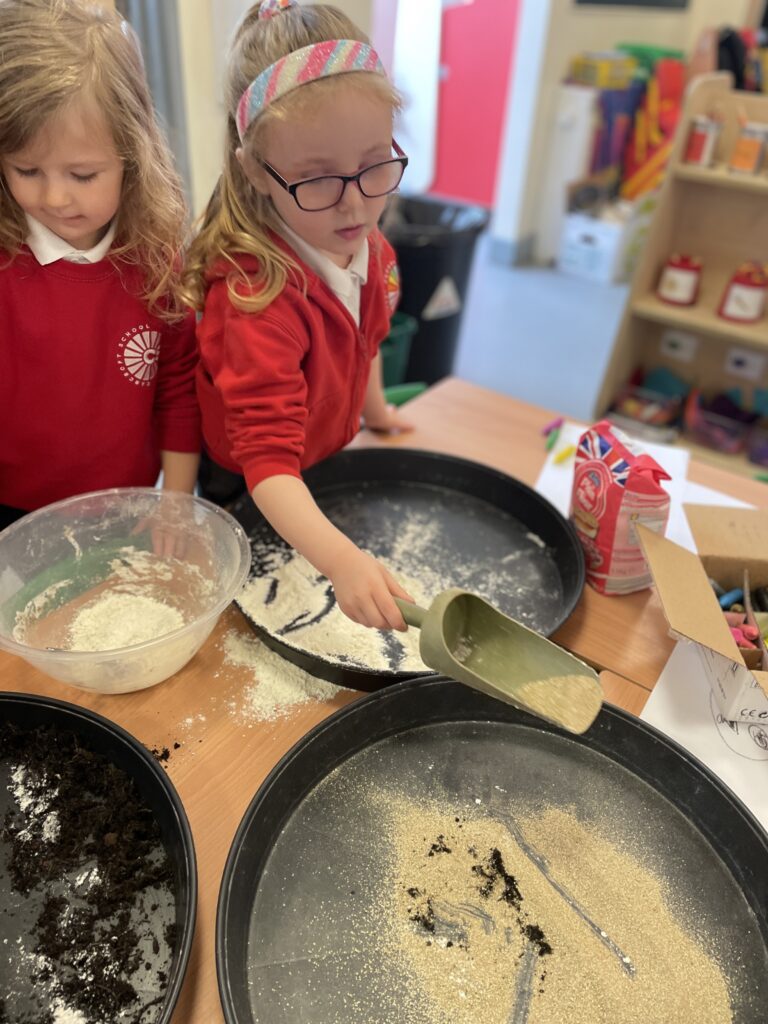

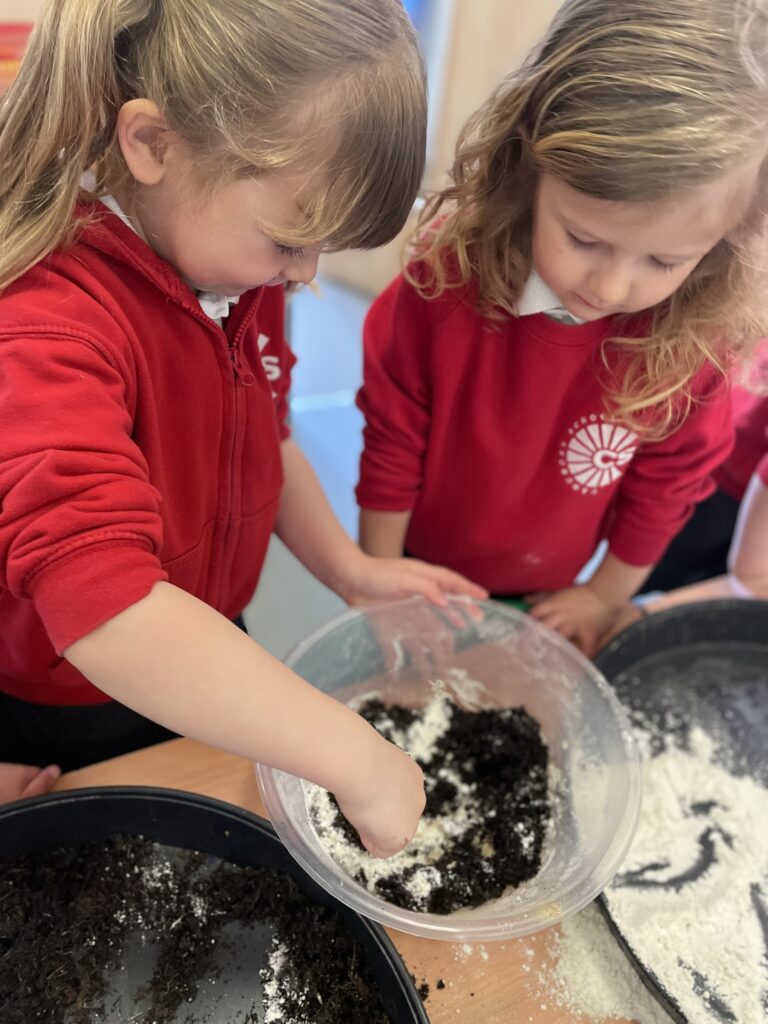
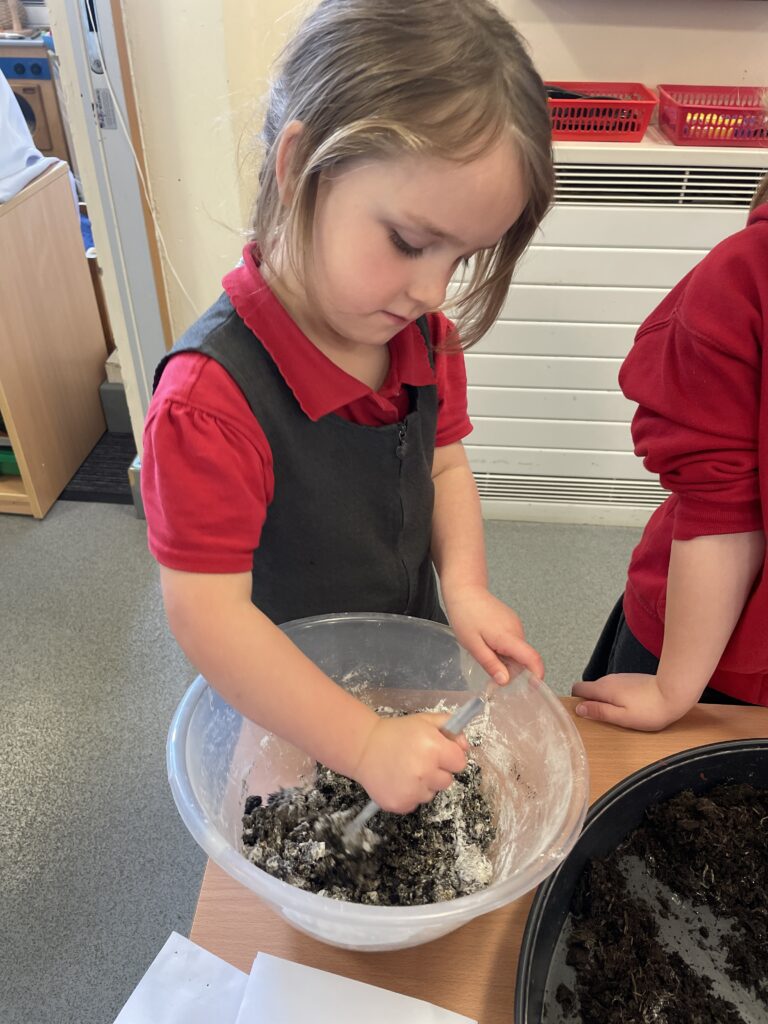
In nursery, this week, we have been enjoying different activities to hook us into our new summer expedition. We read Billy’s Bucket, and talked about what we can do at the seaside and our past experiences.
We watched a clip from The Little Mermaid and named different sea animals, then we looked at different pictures of other sea animals and saw how many we could name as a crew.
Then, we began planting our seeds and beans ahead of looking at growing in a few weeks.